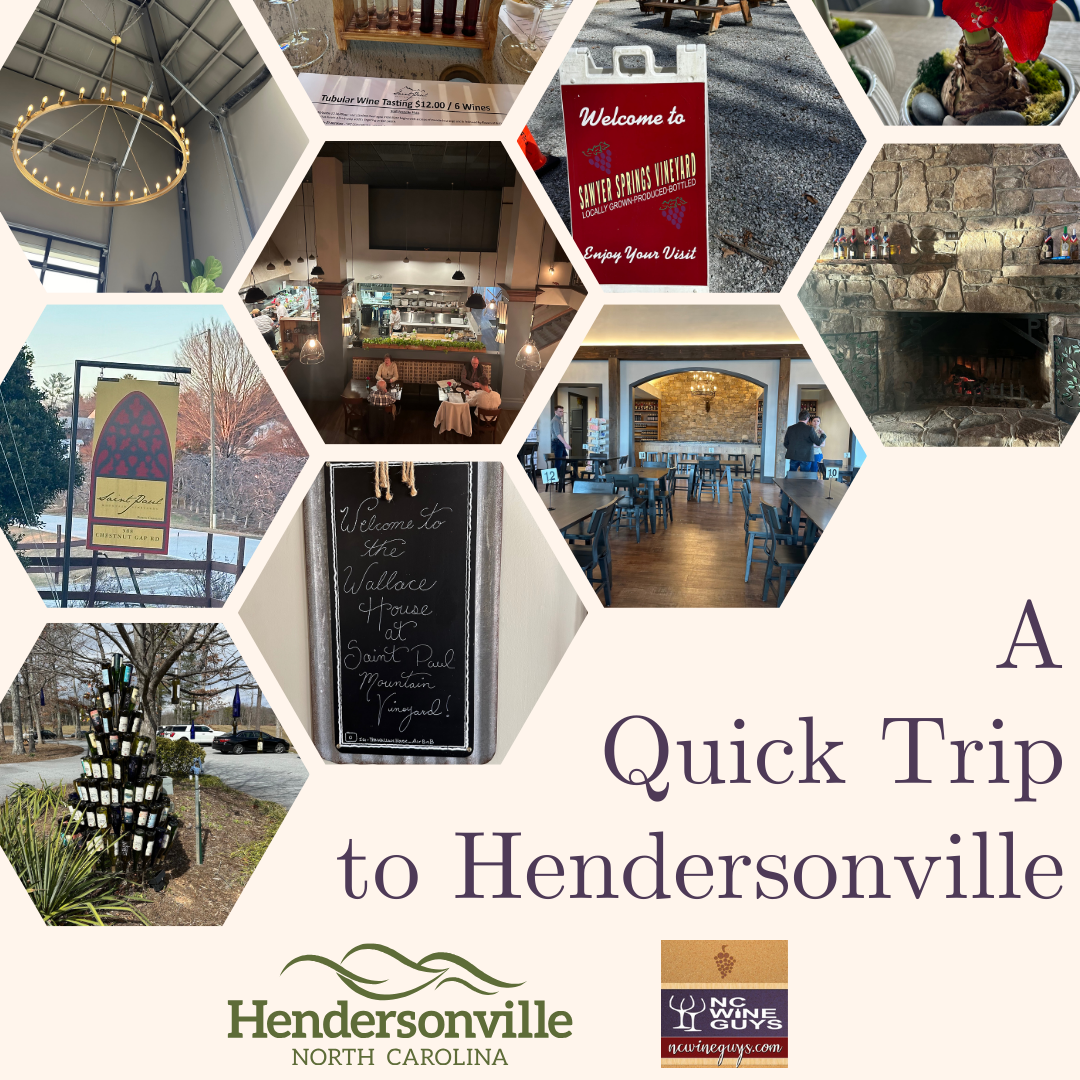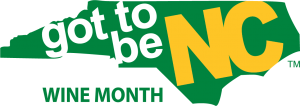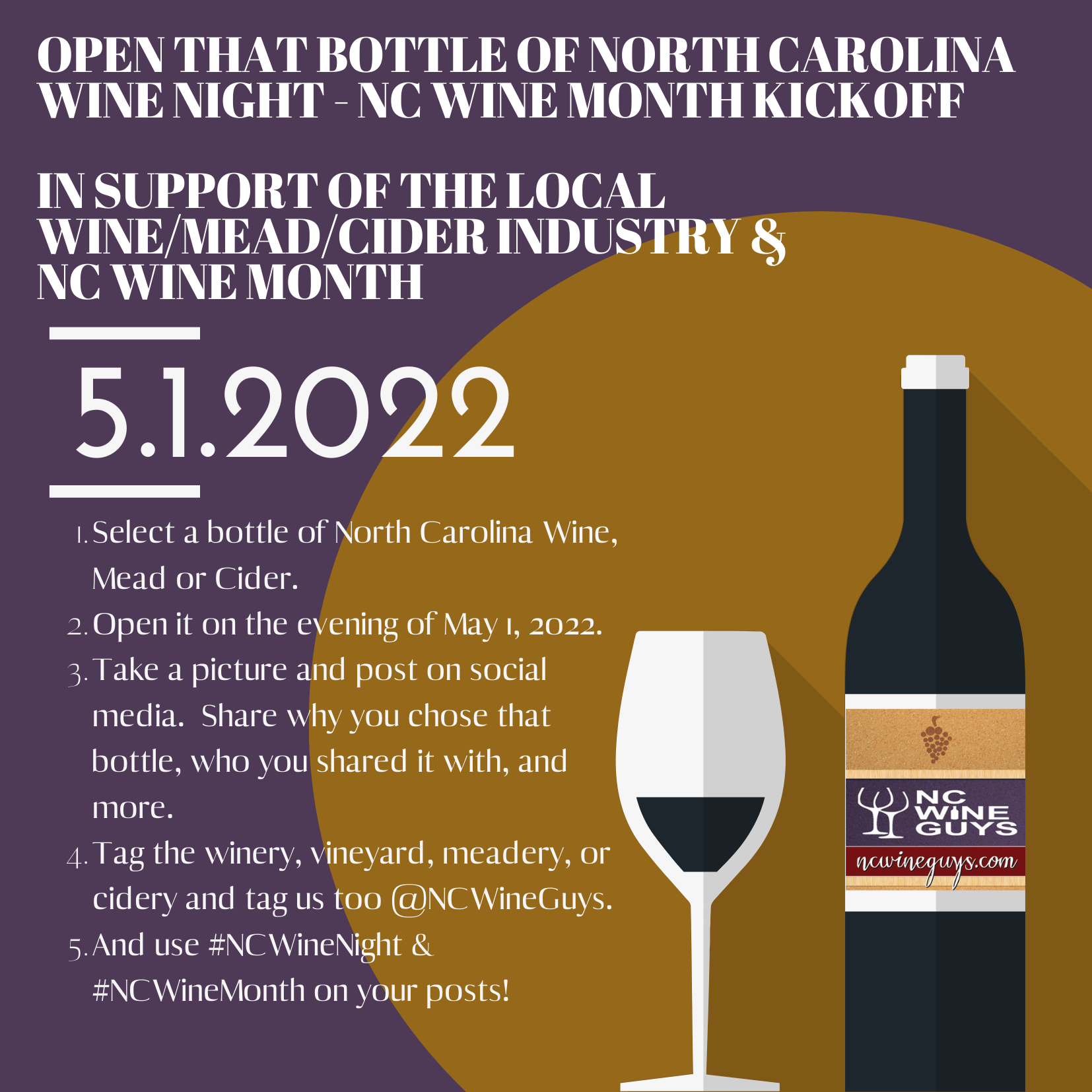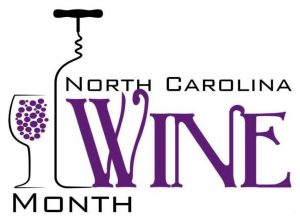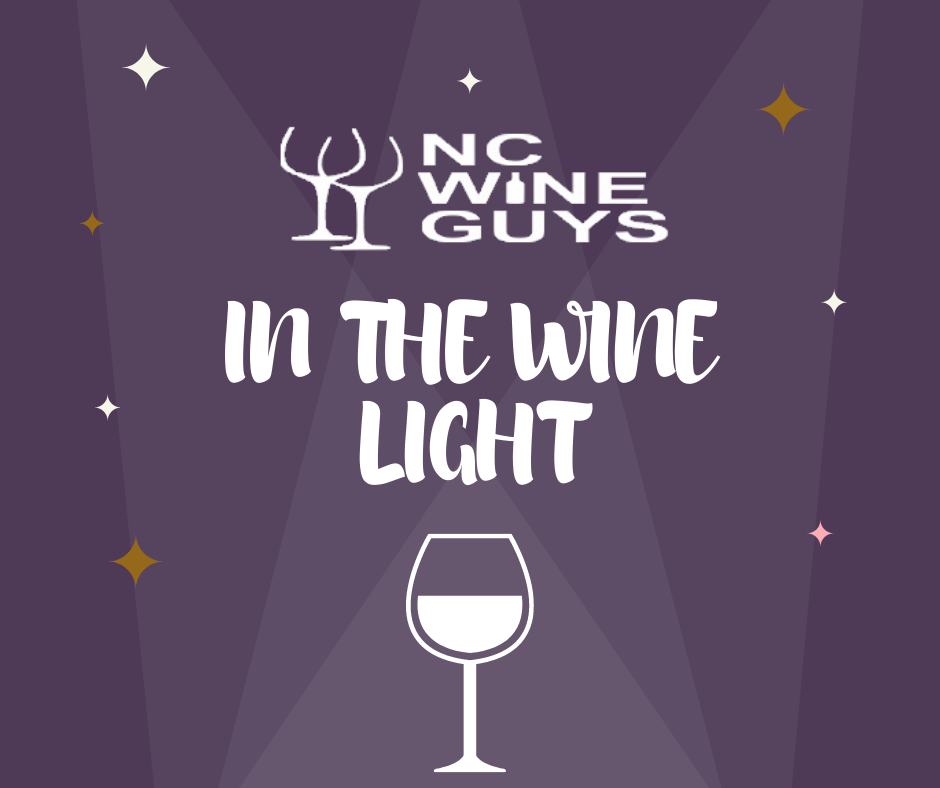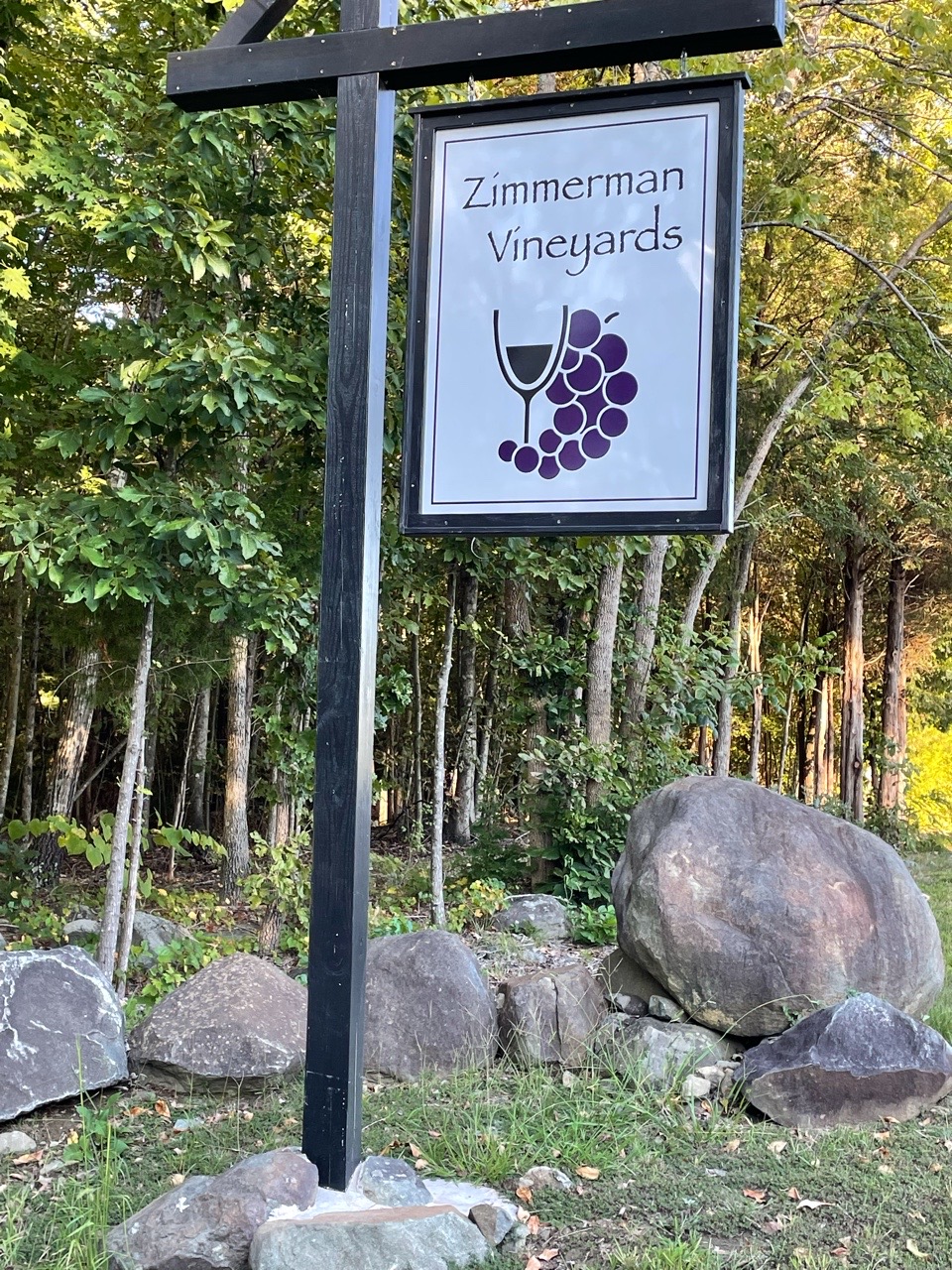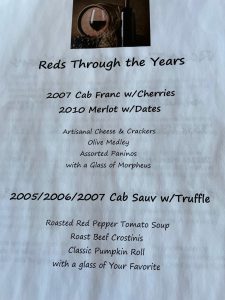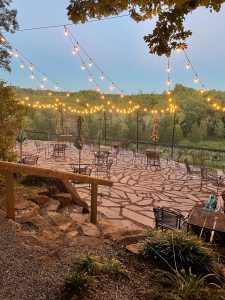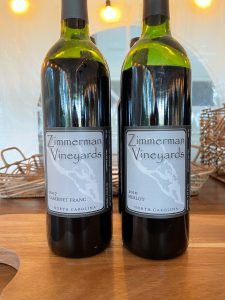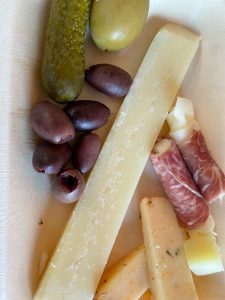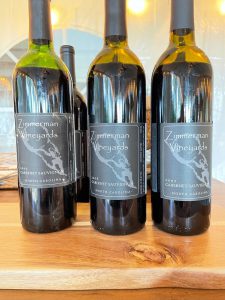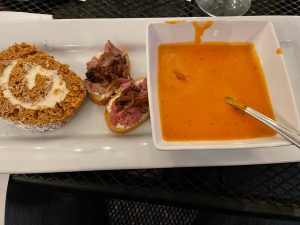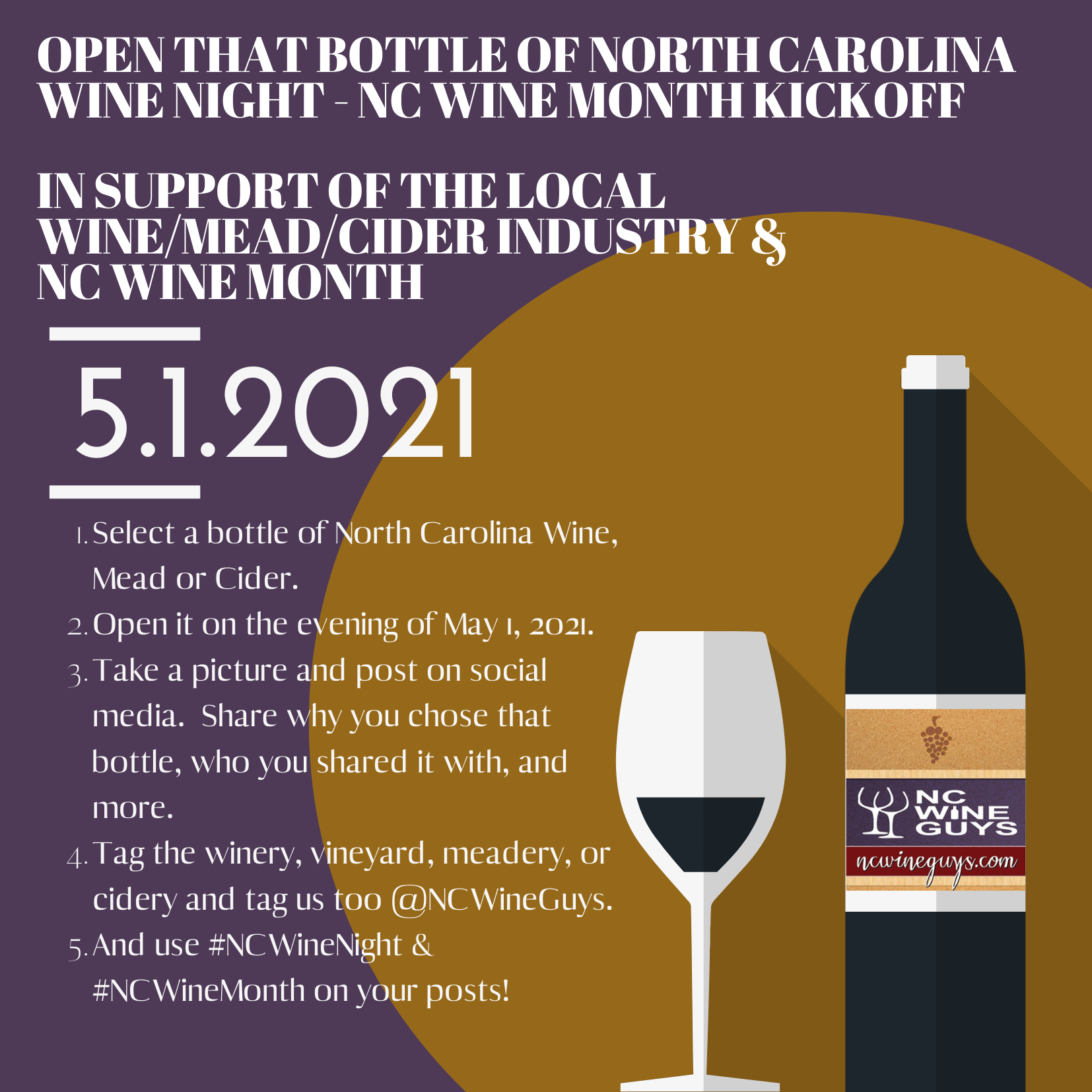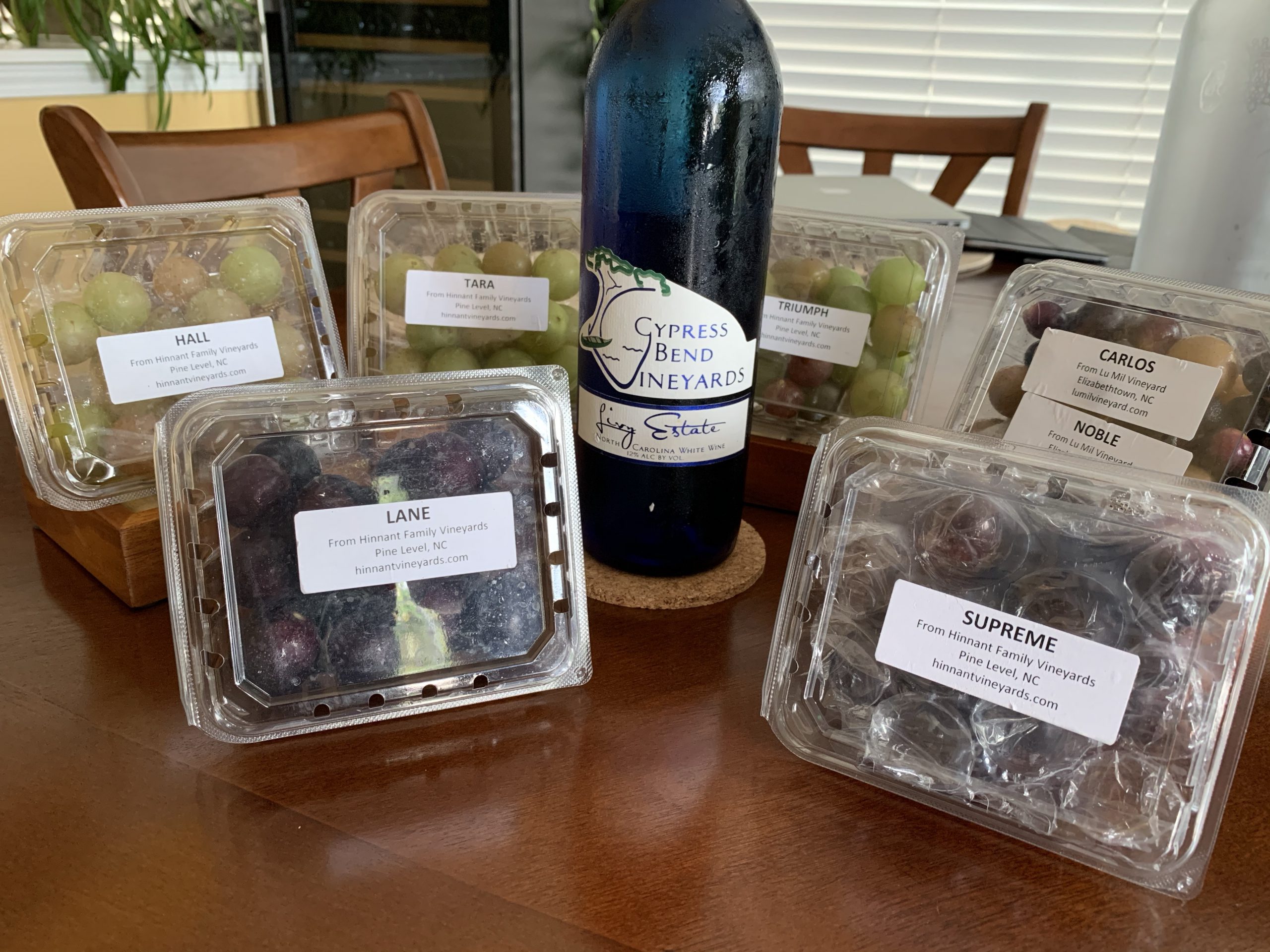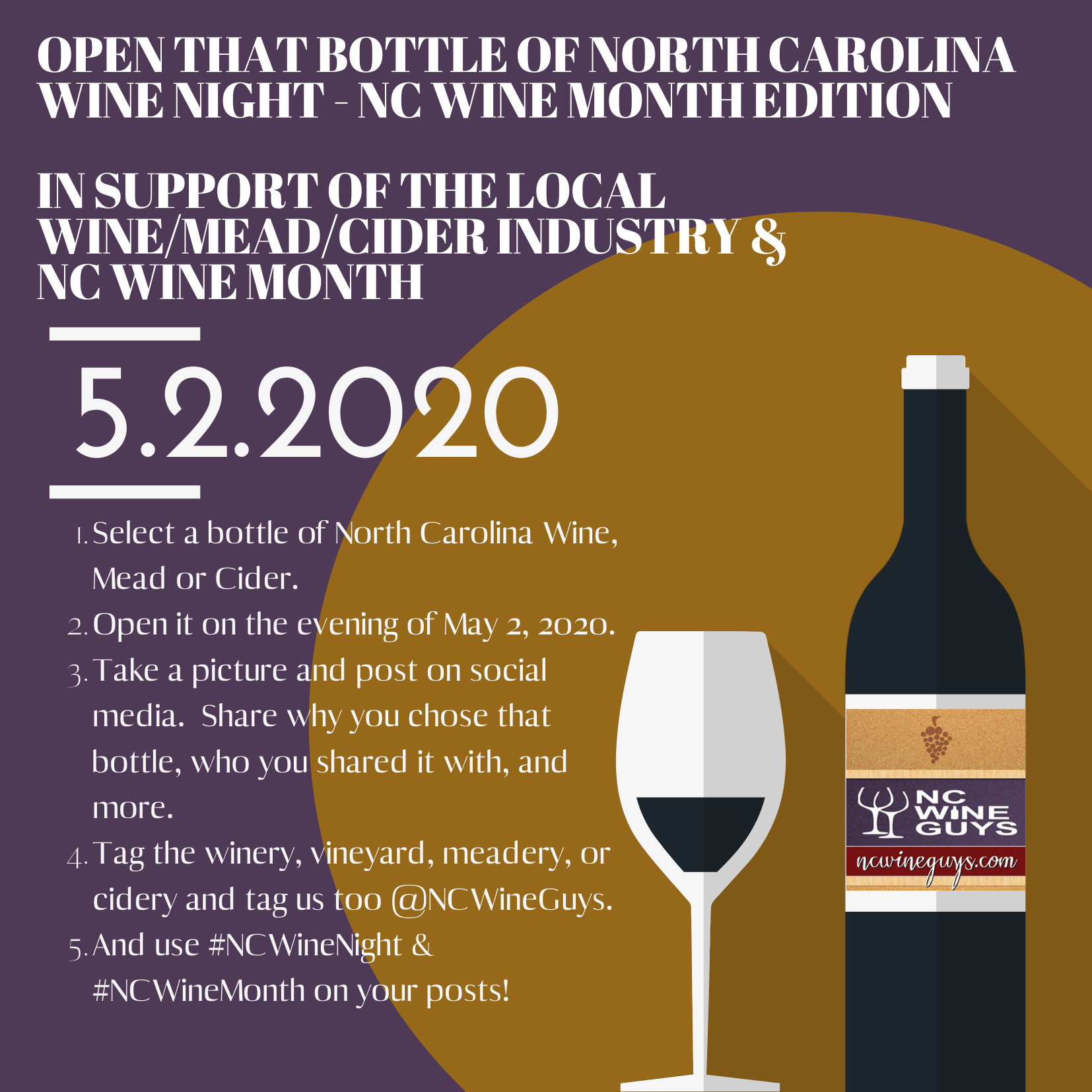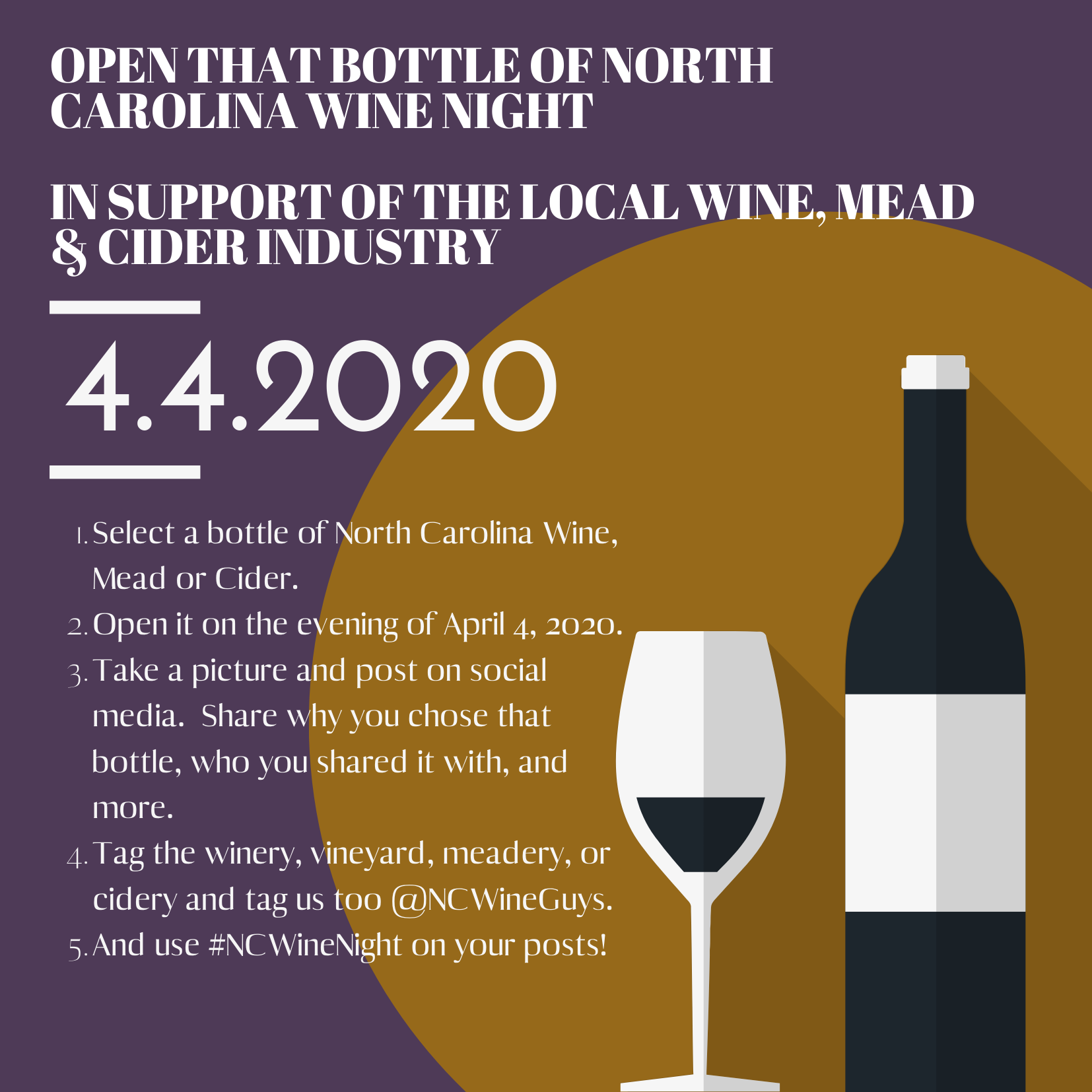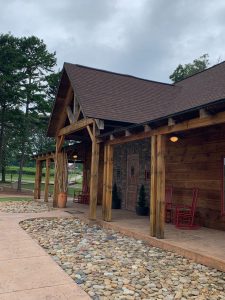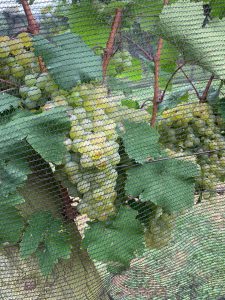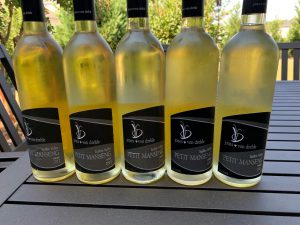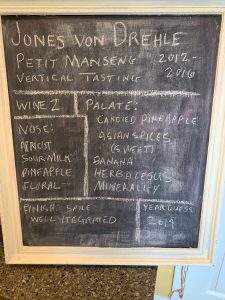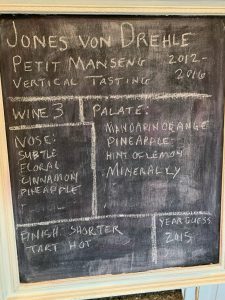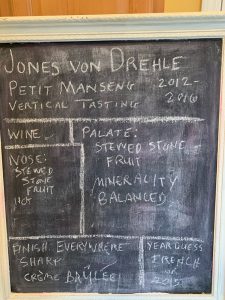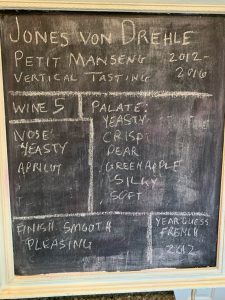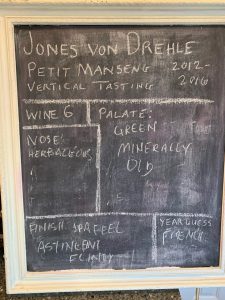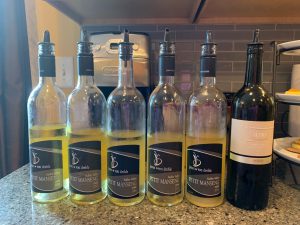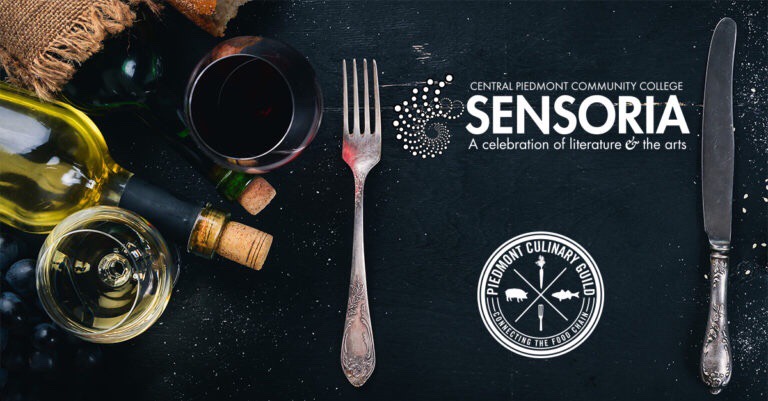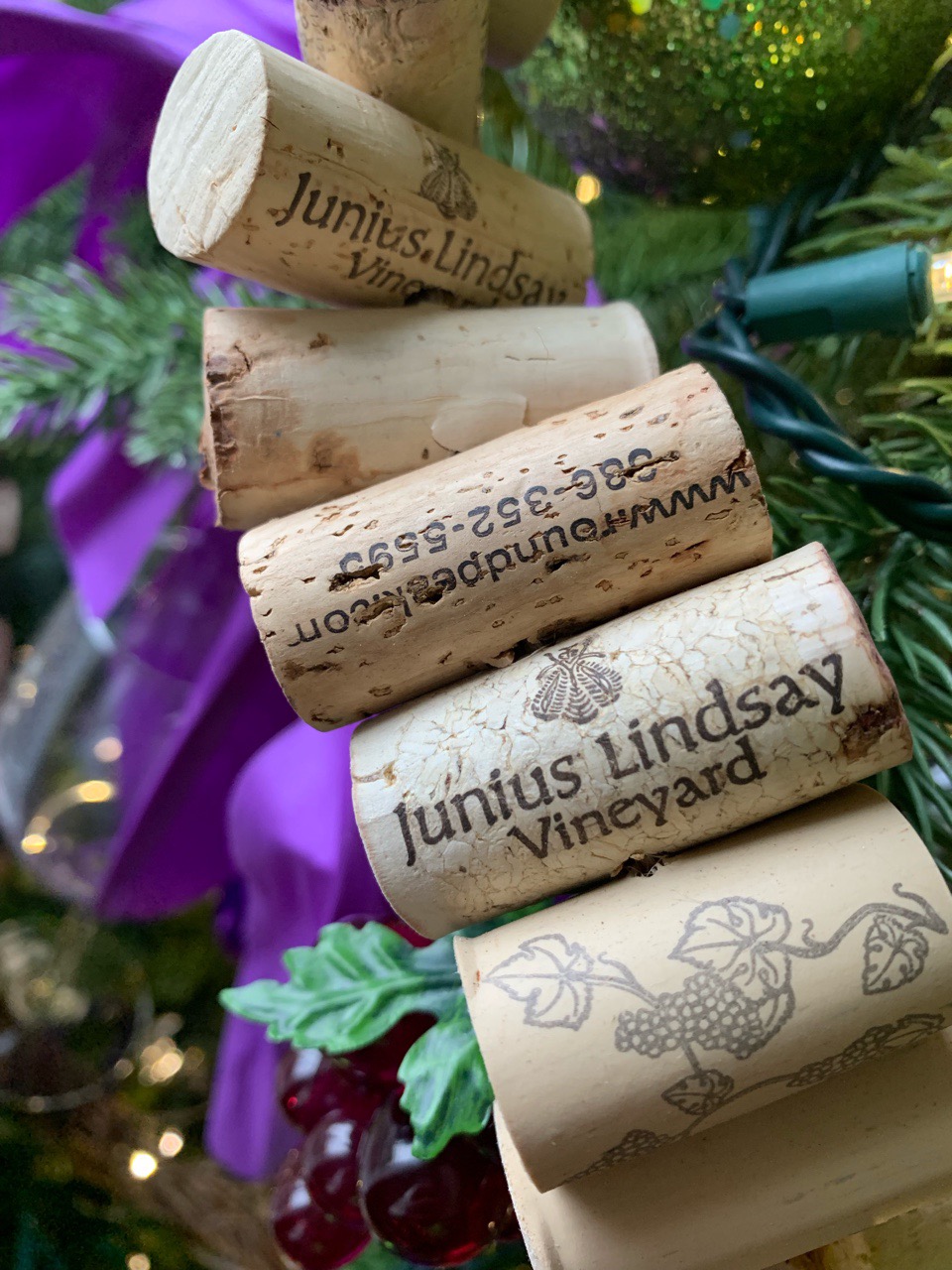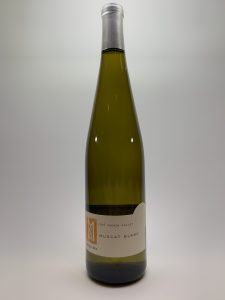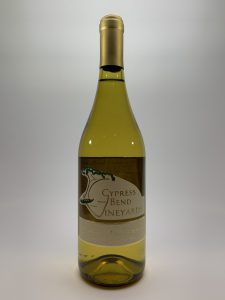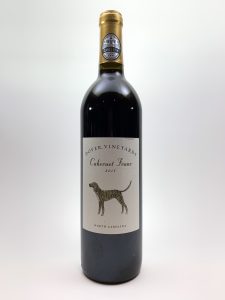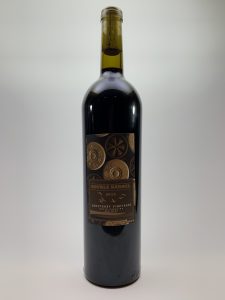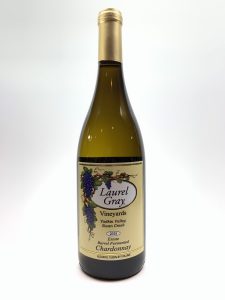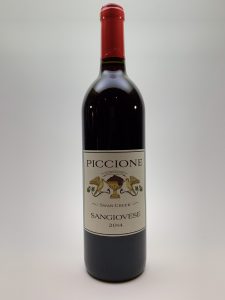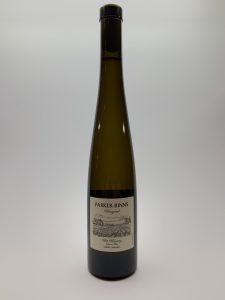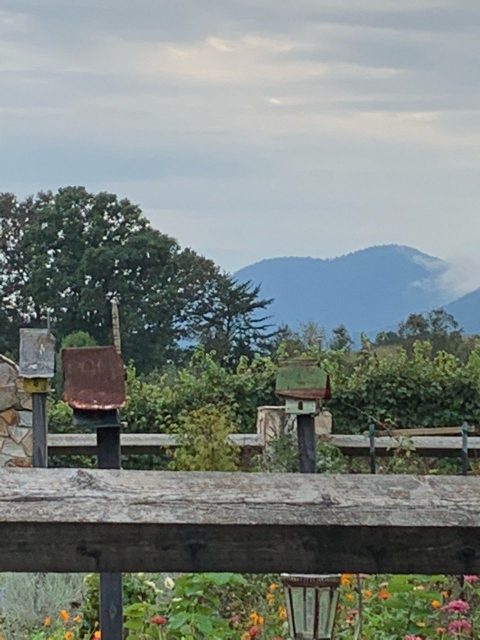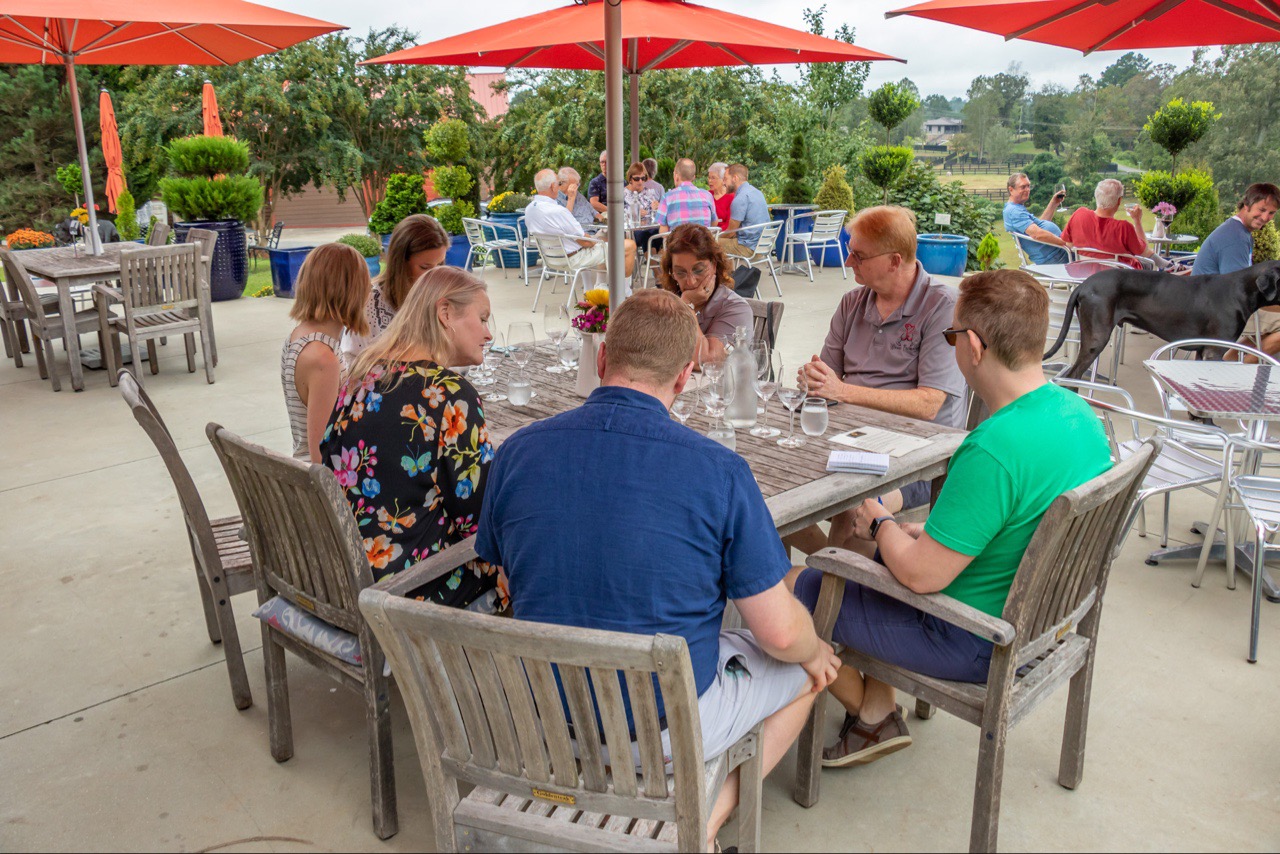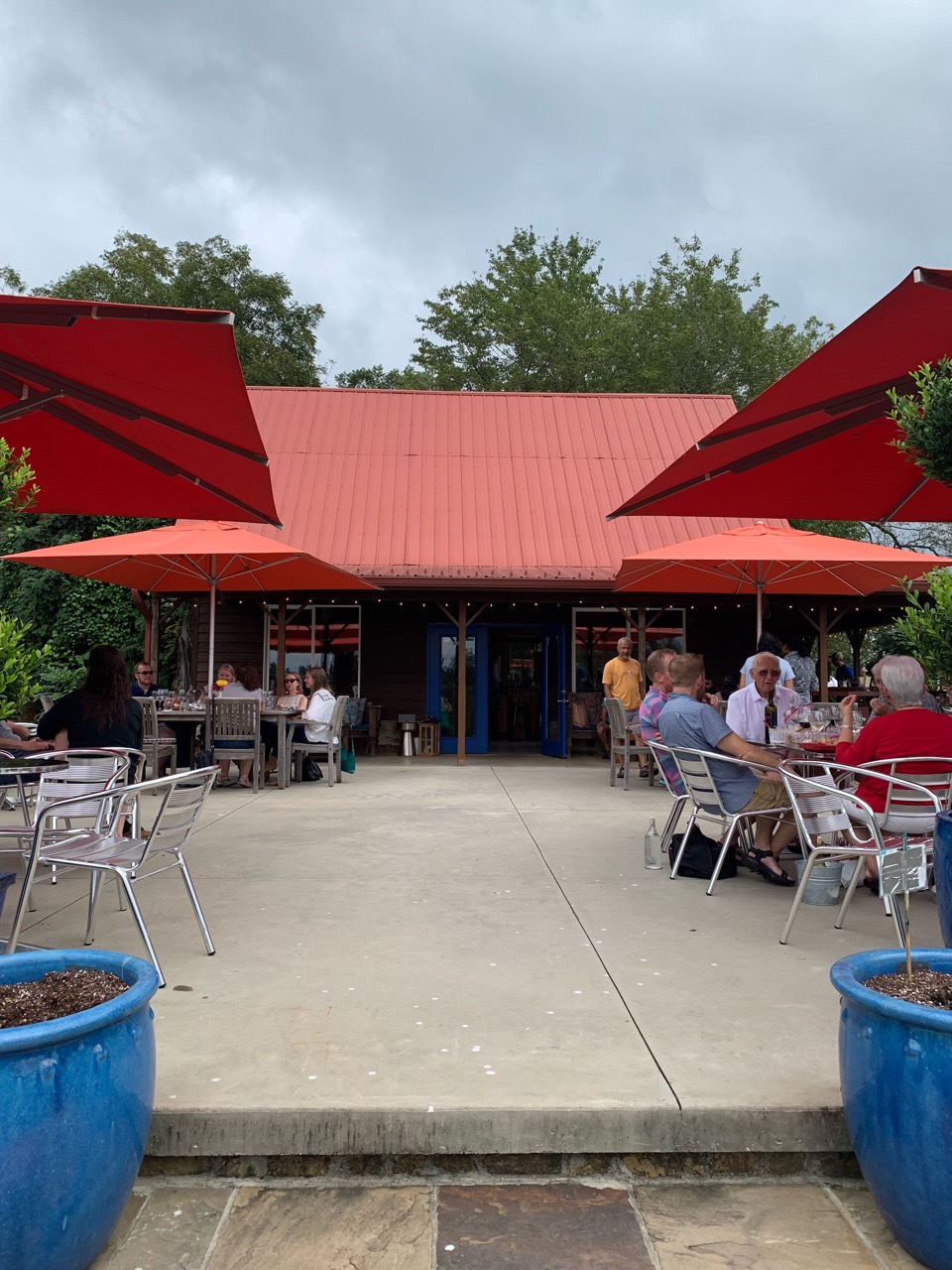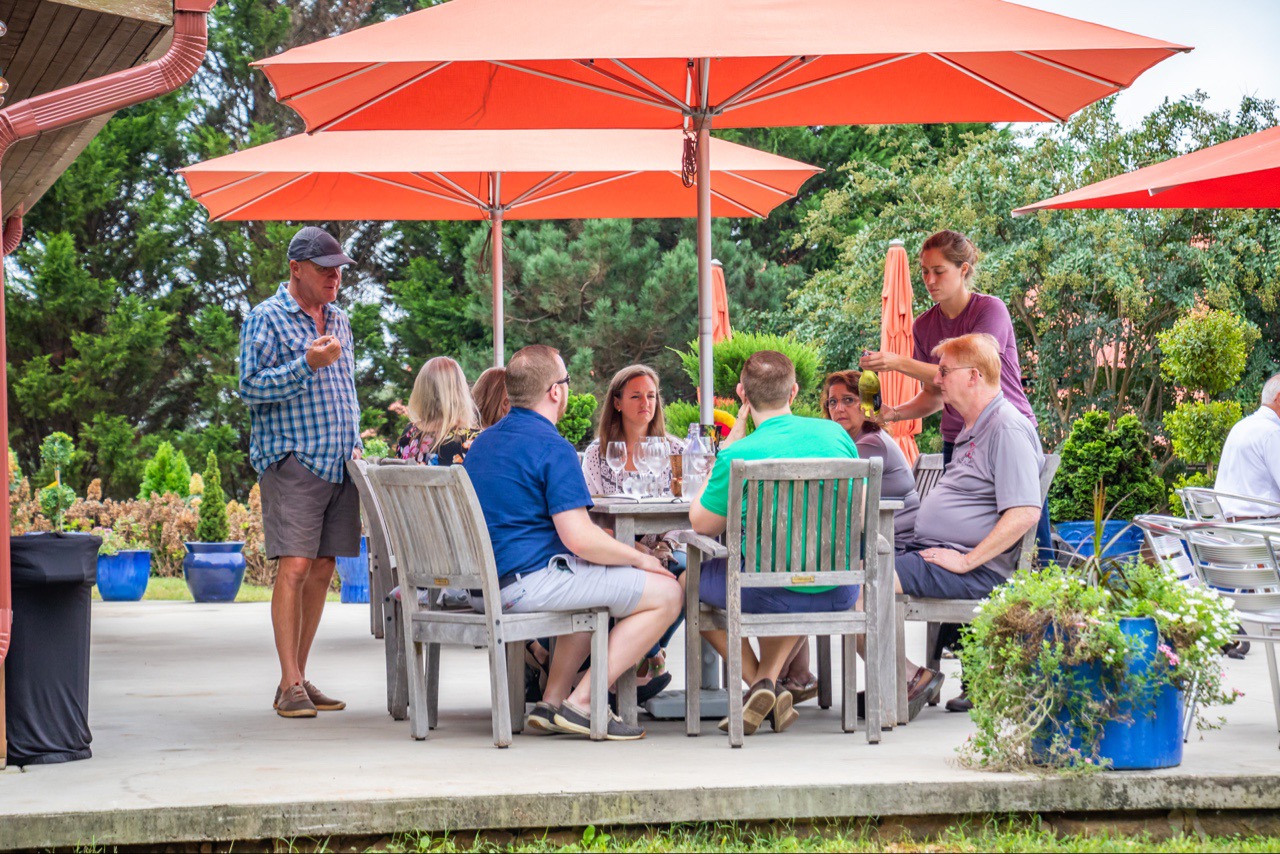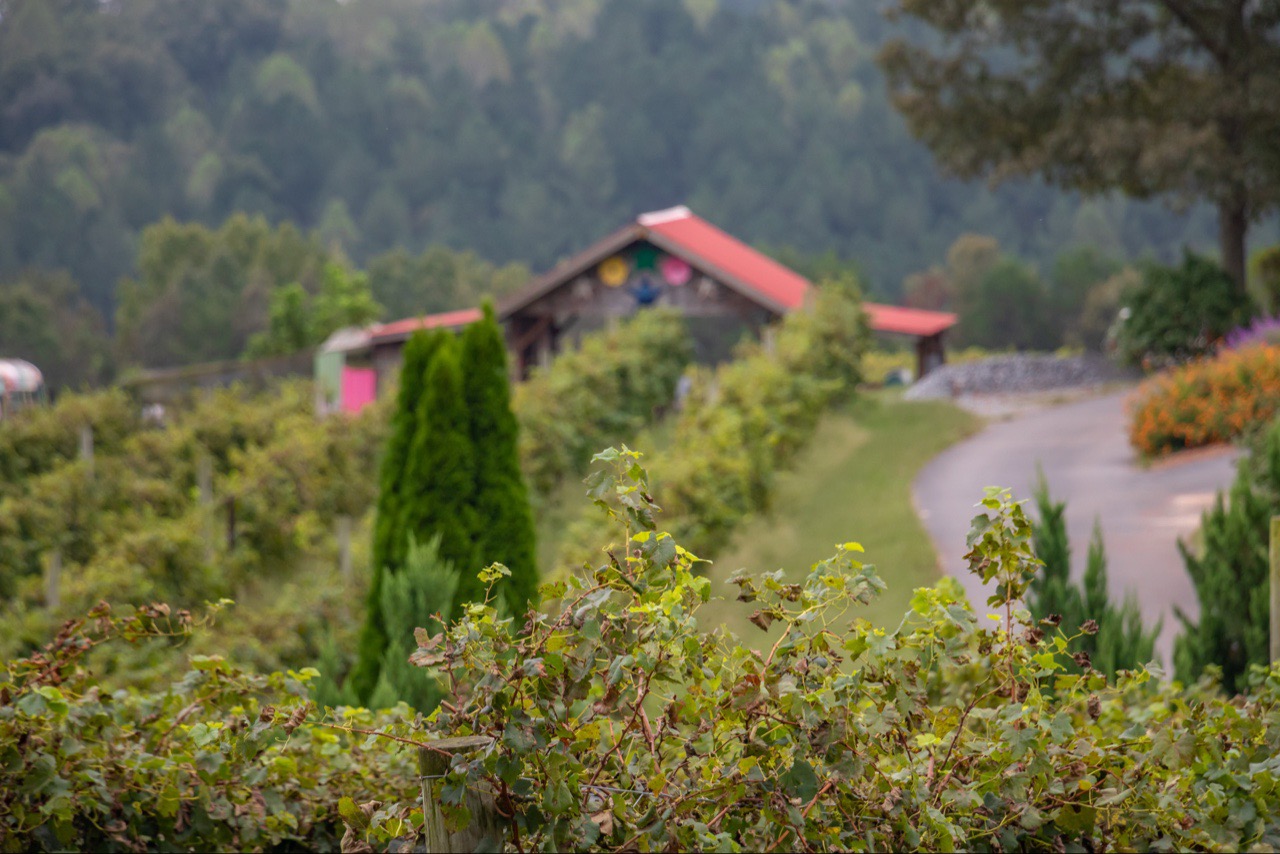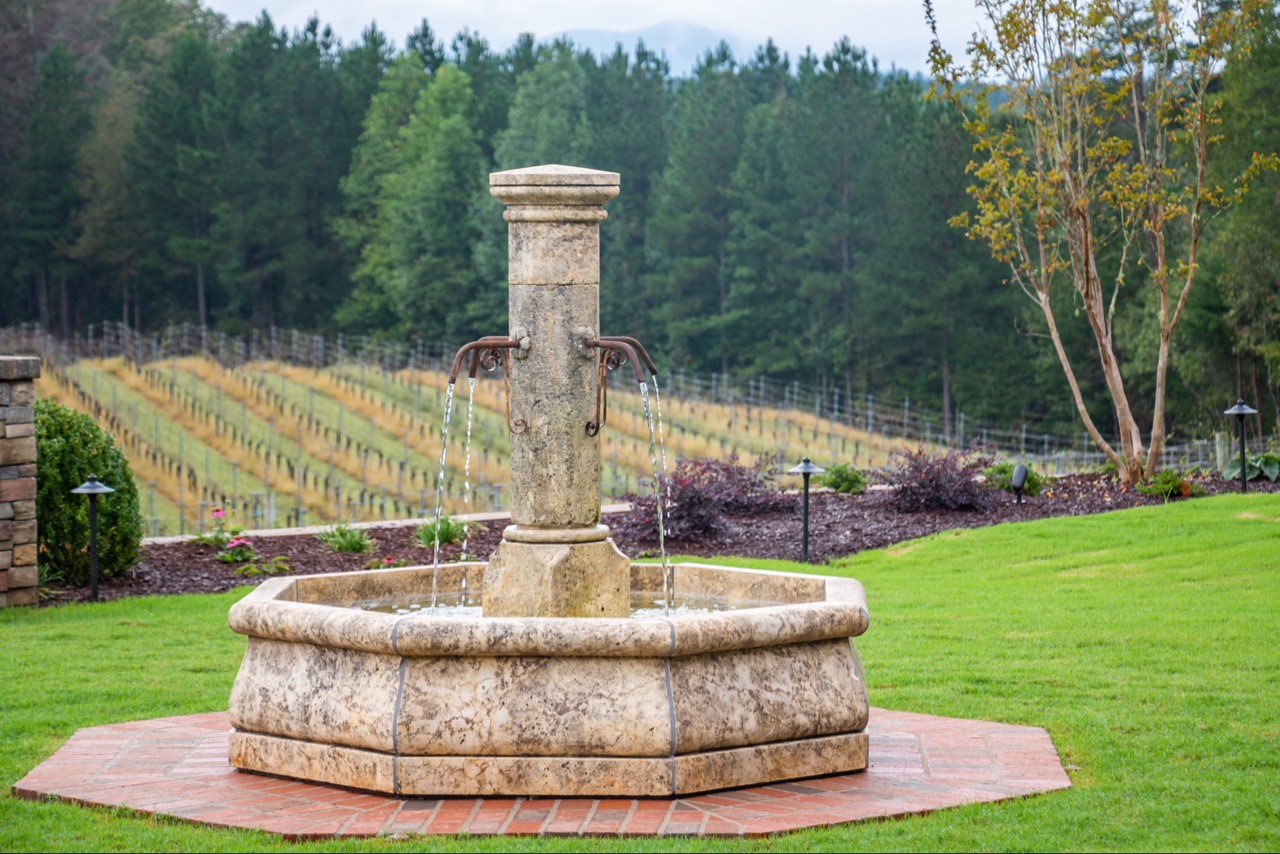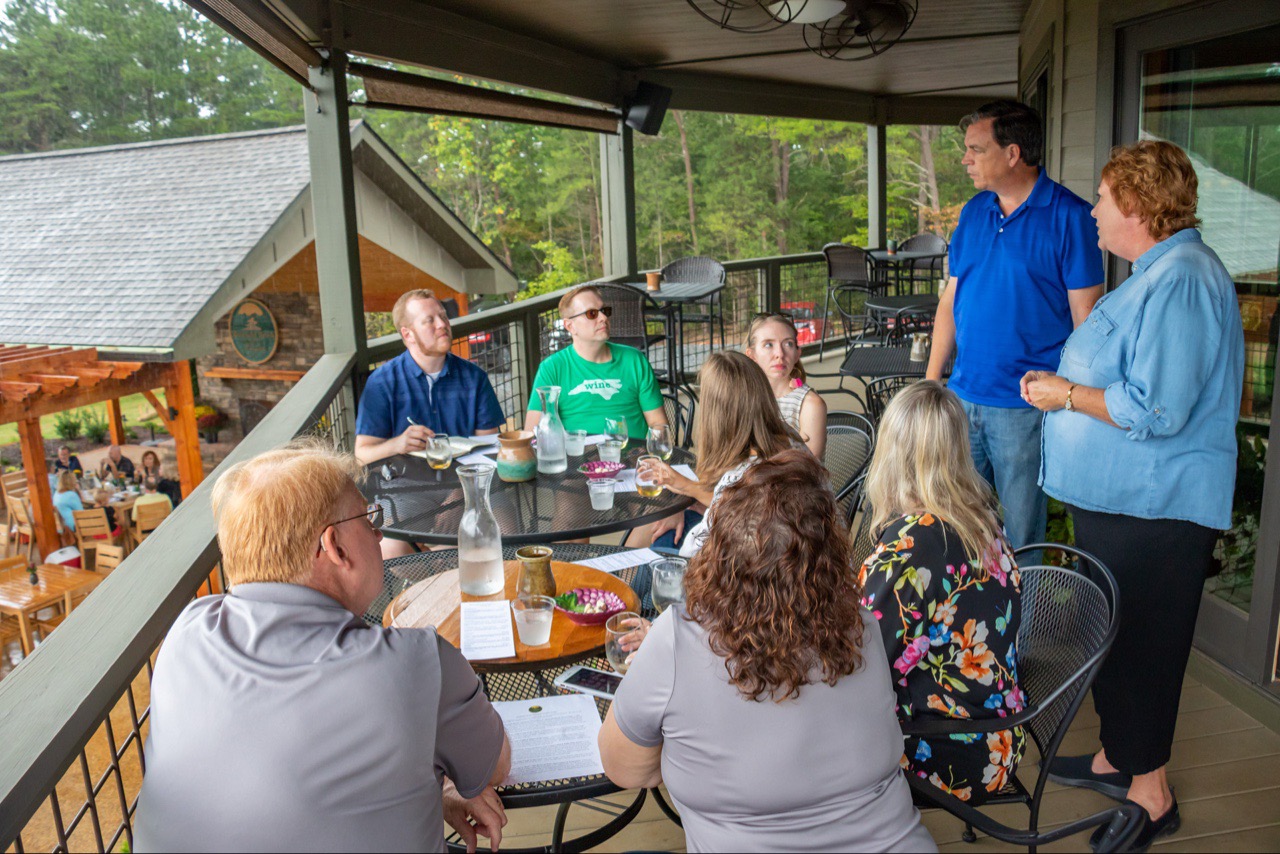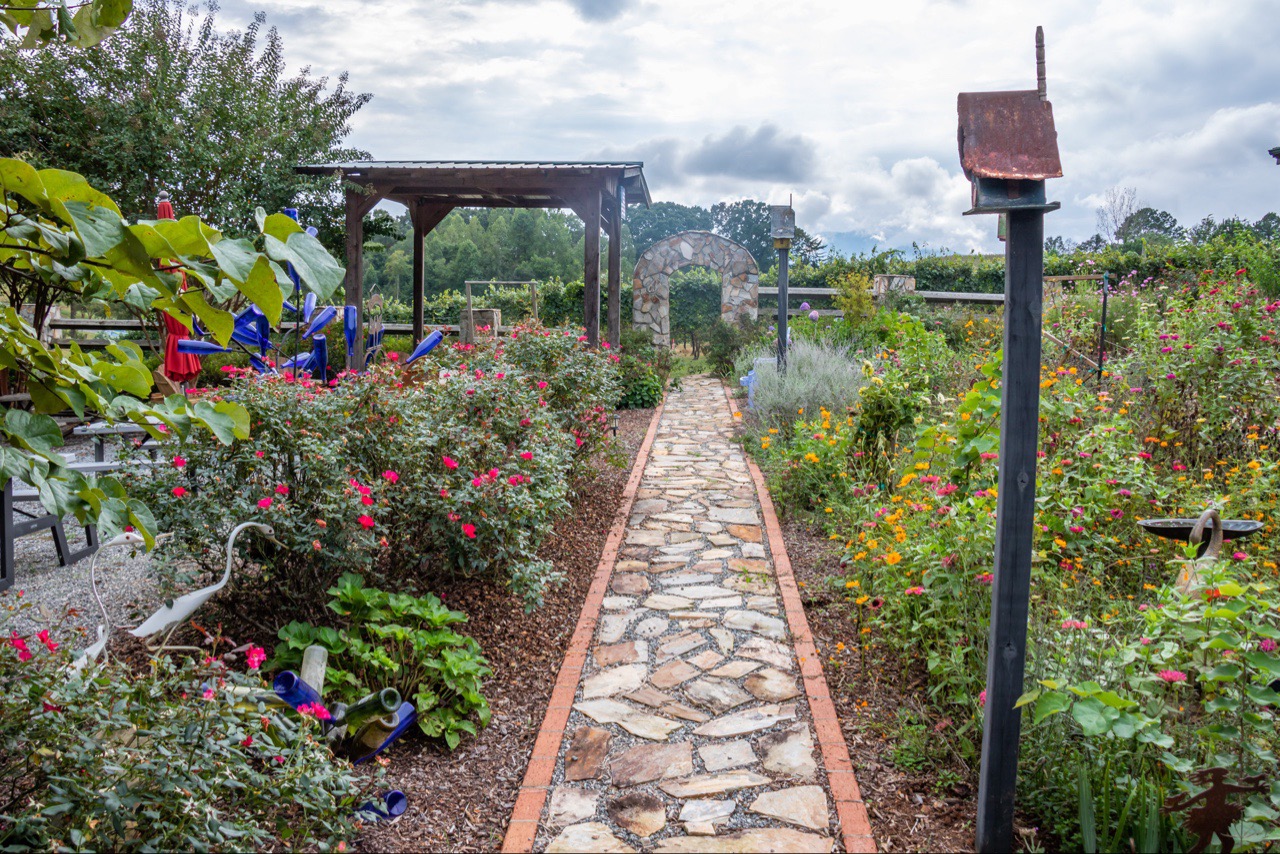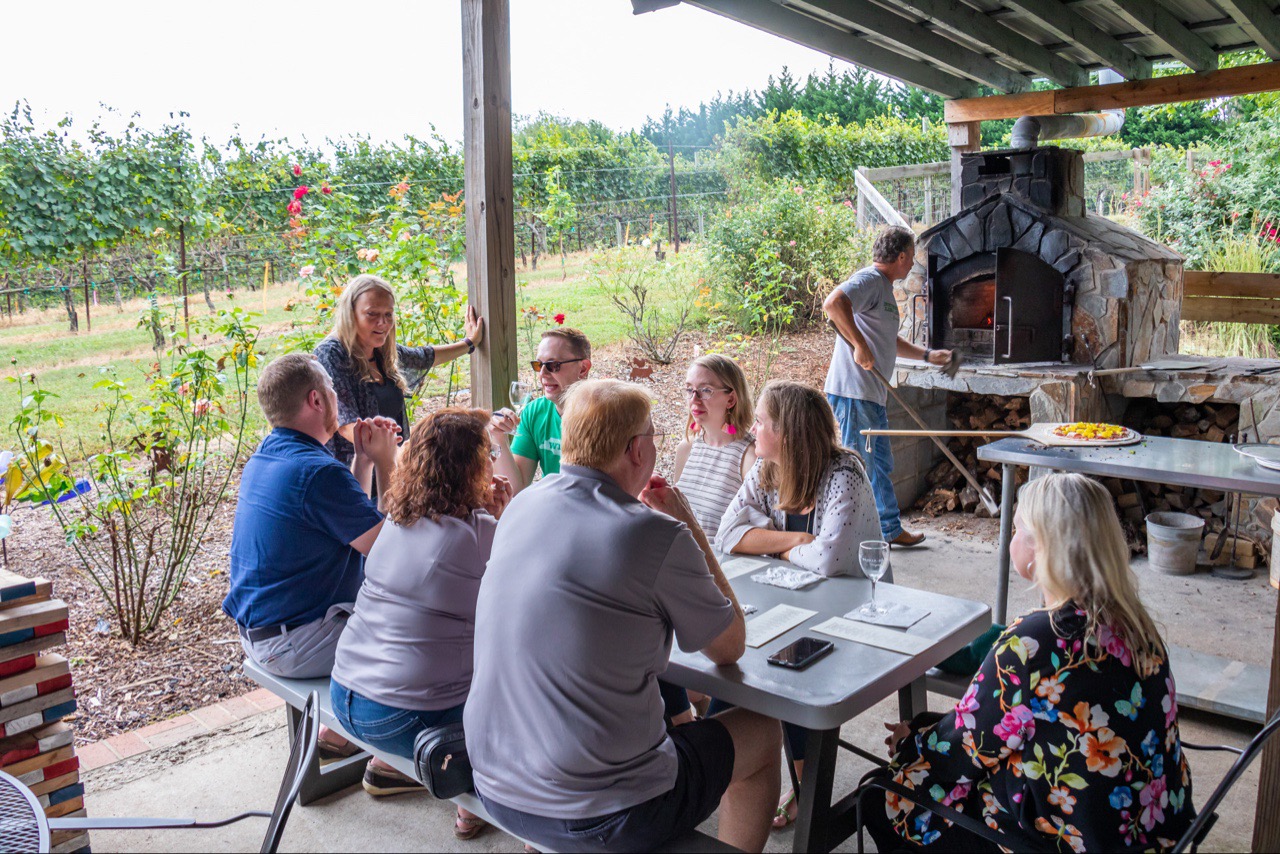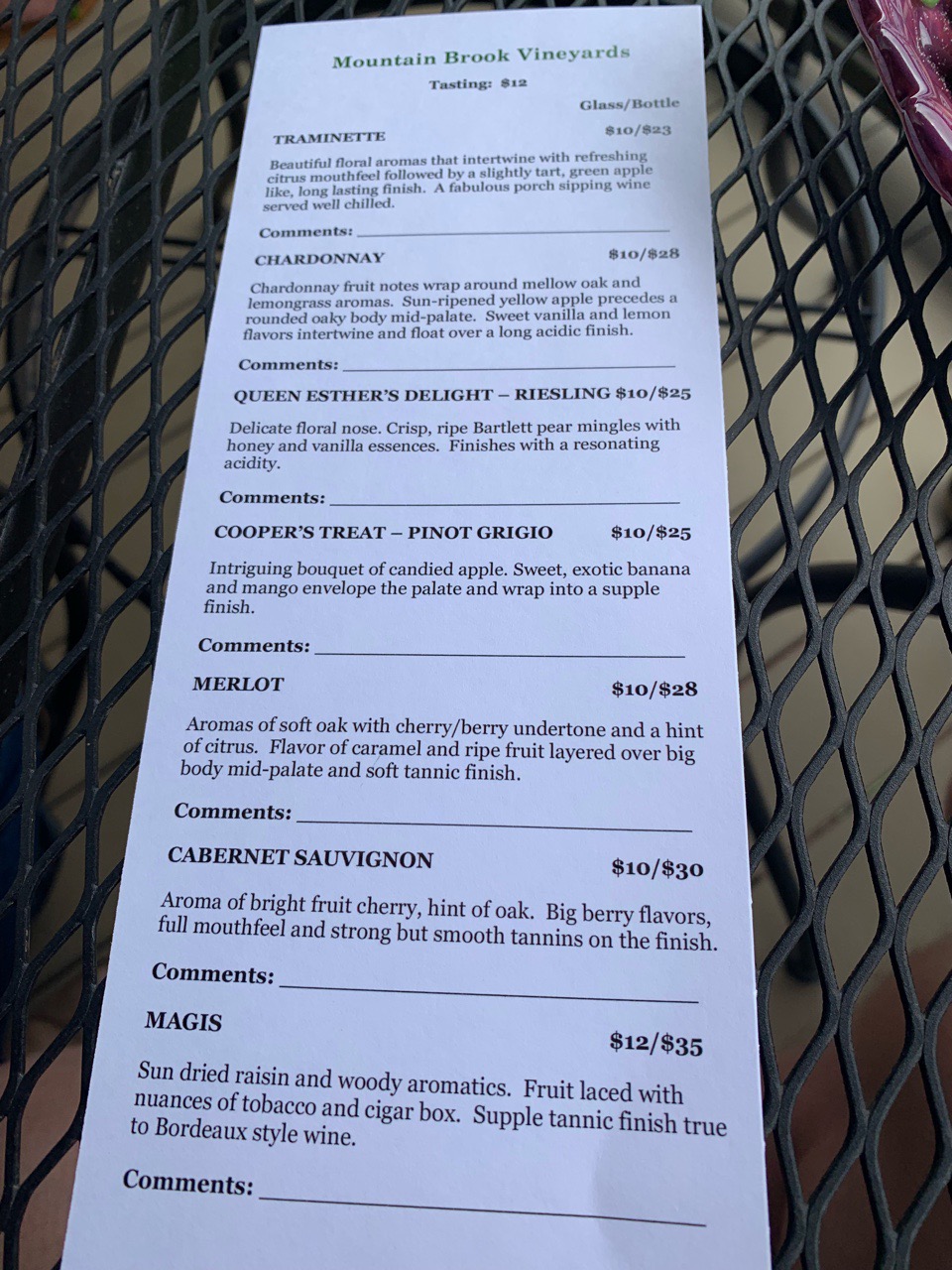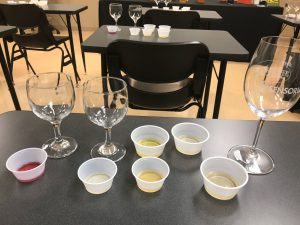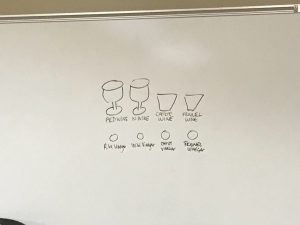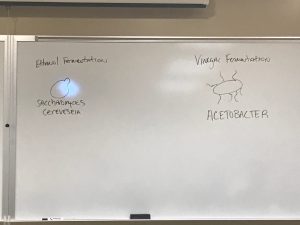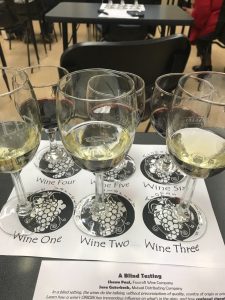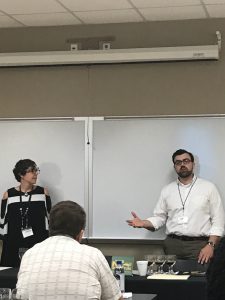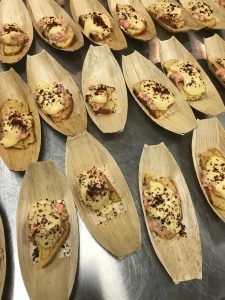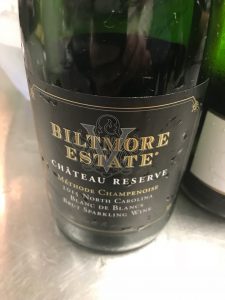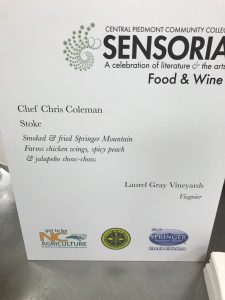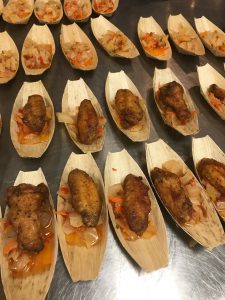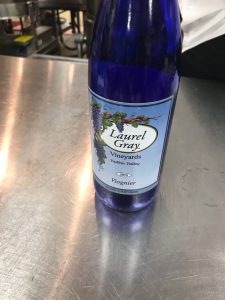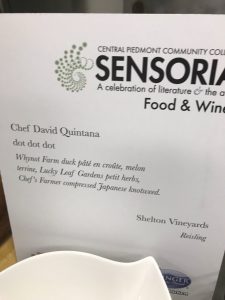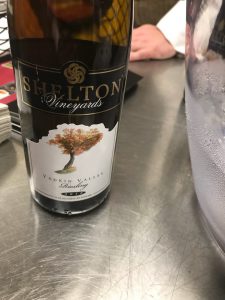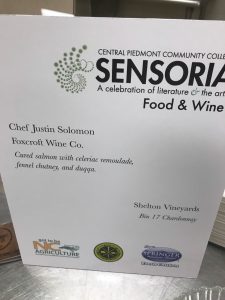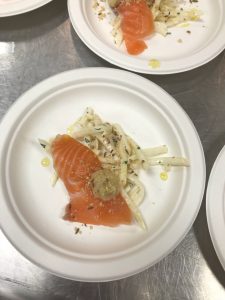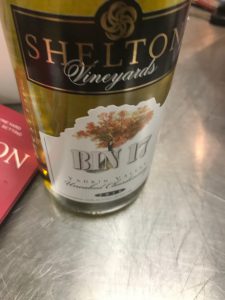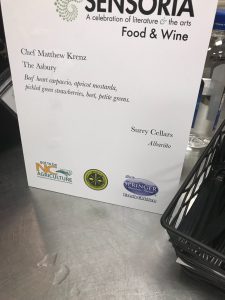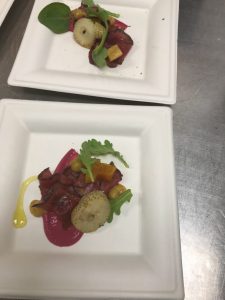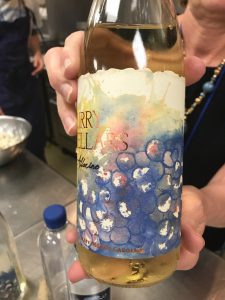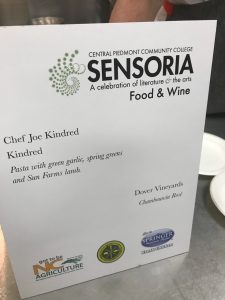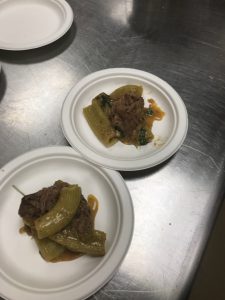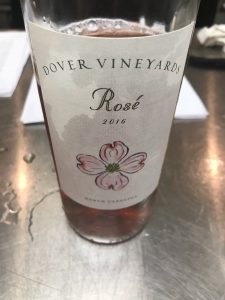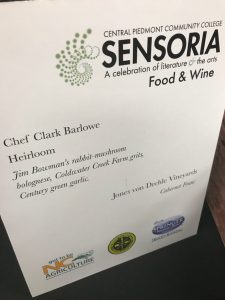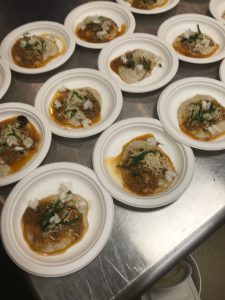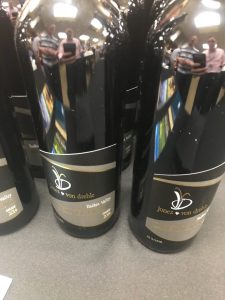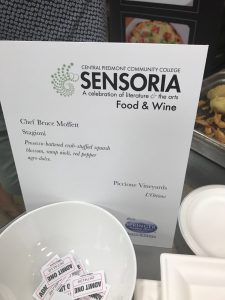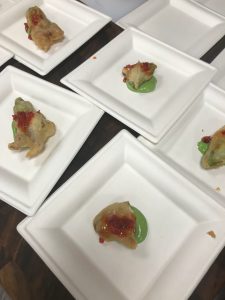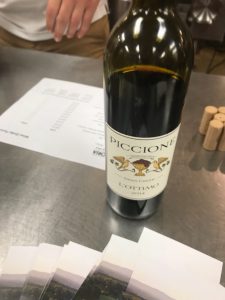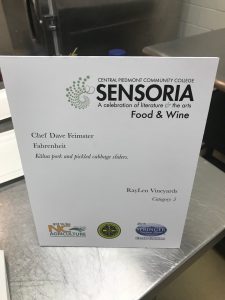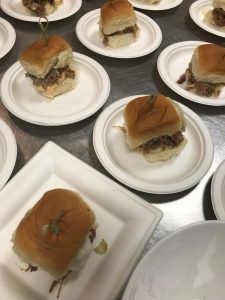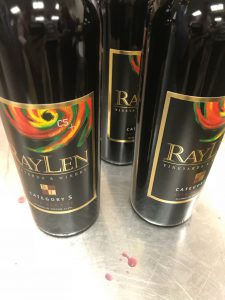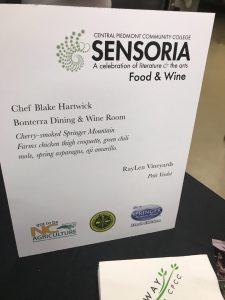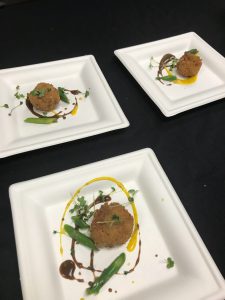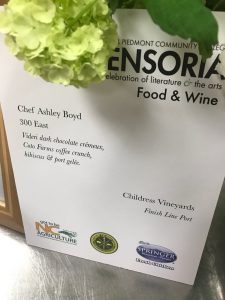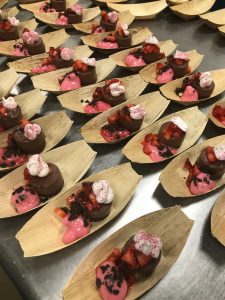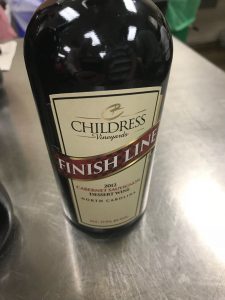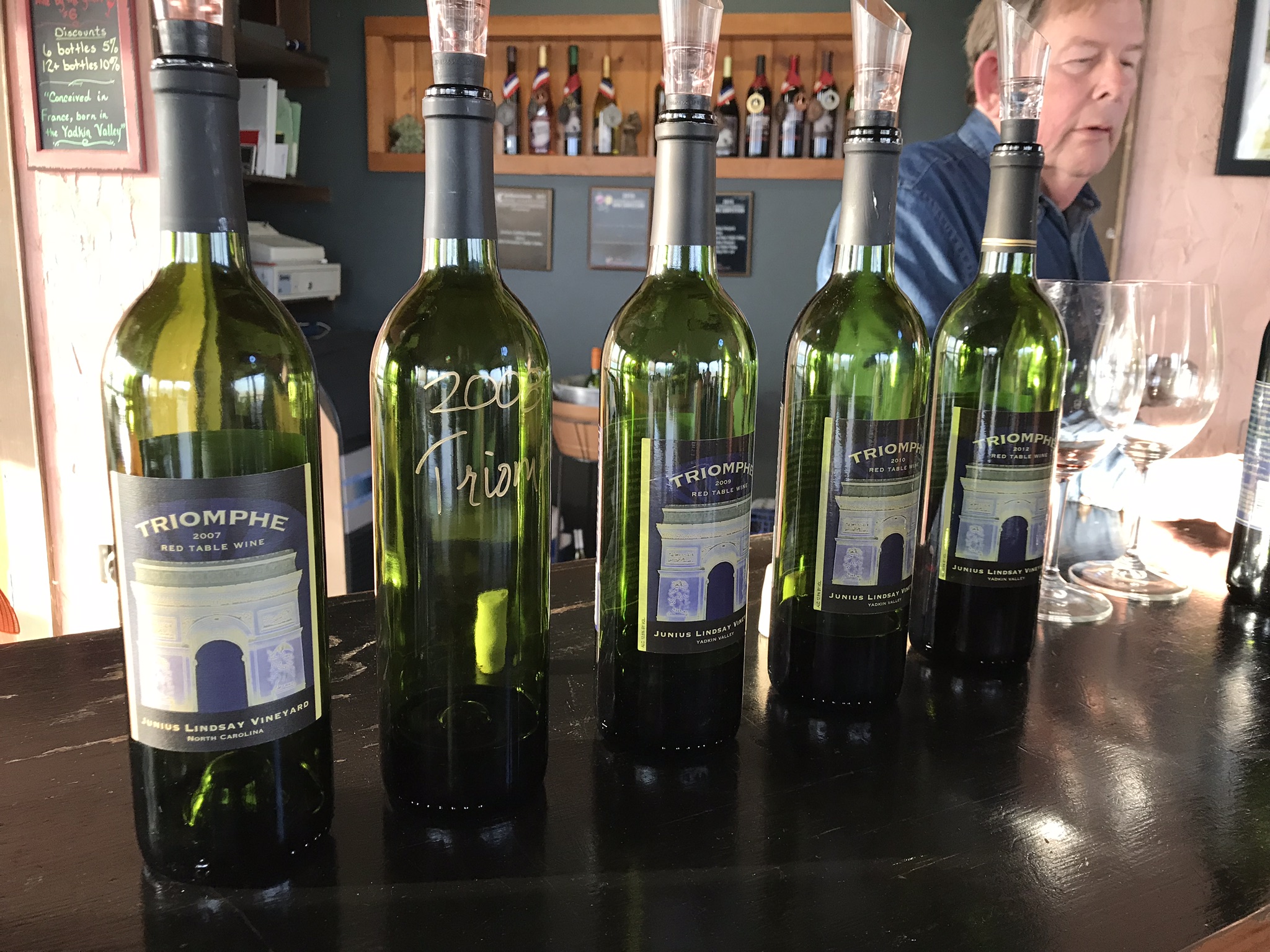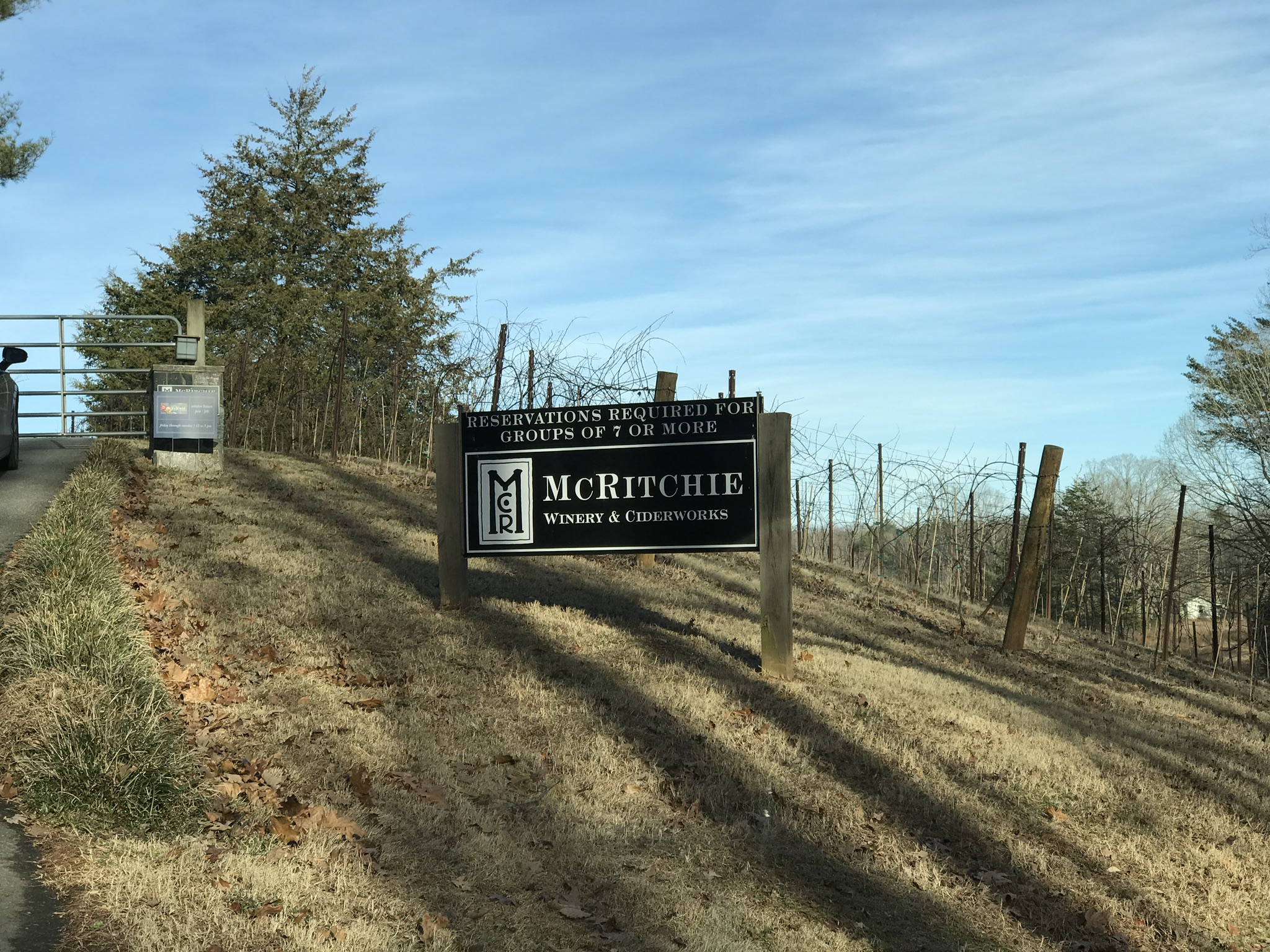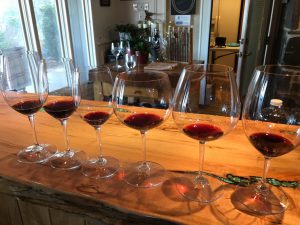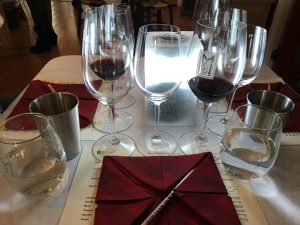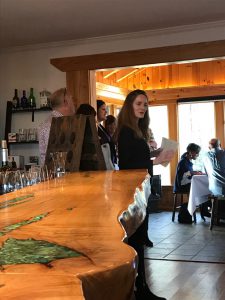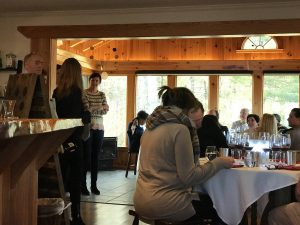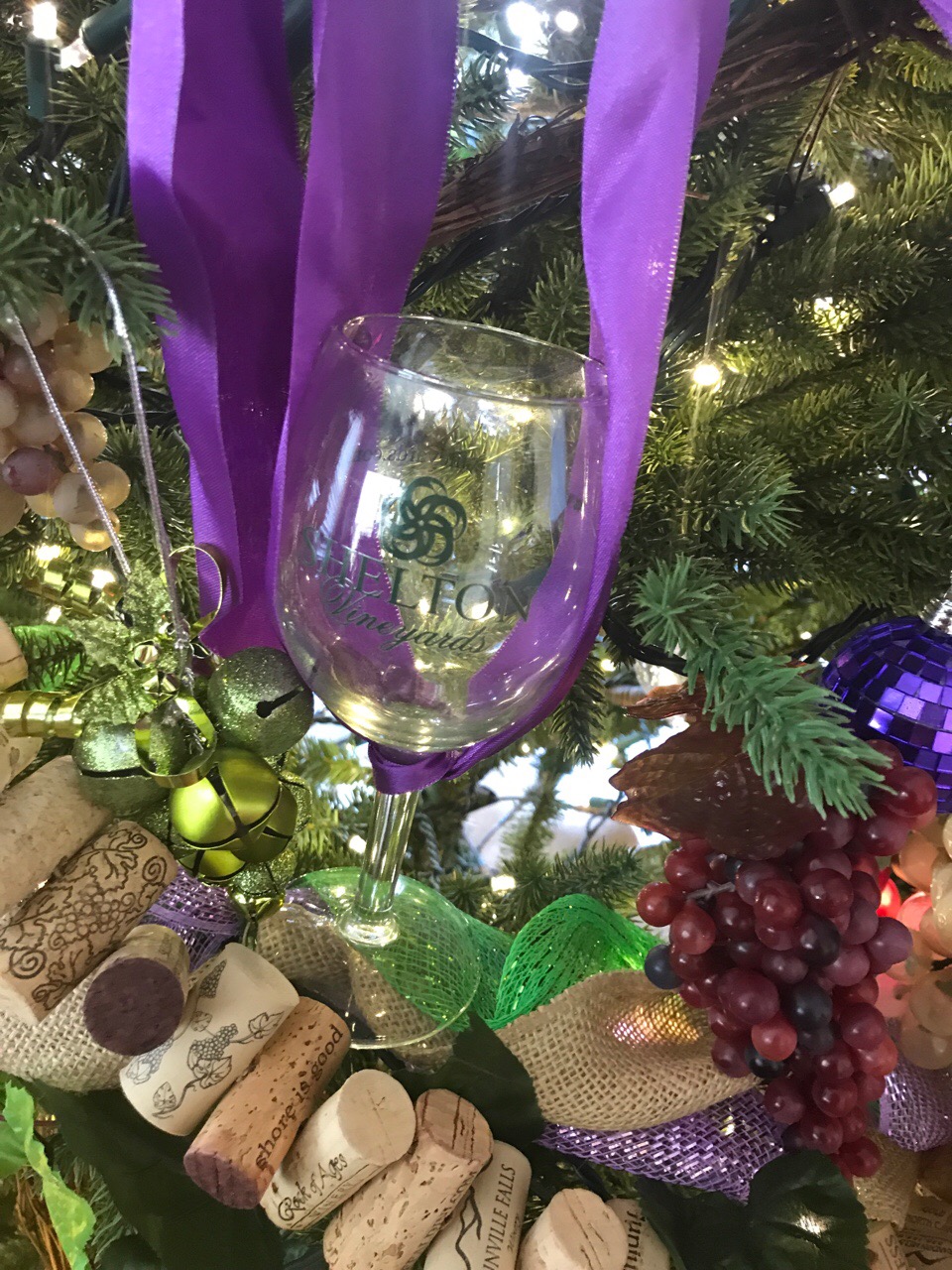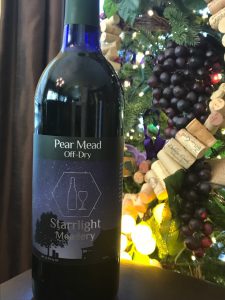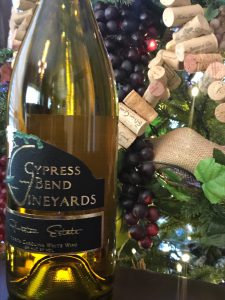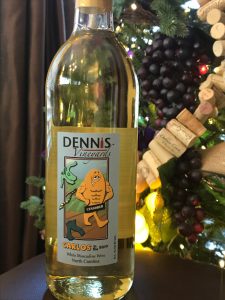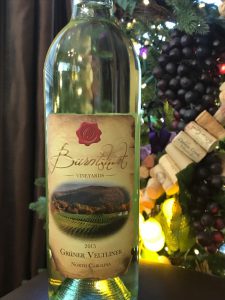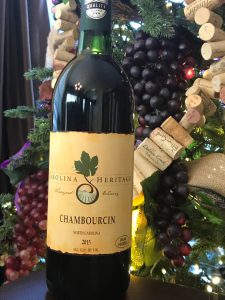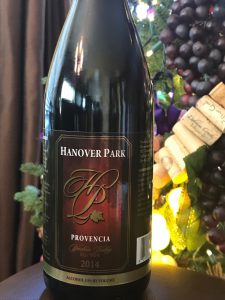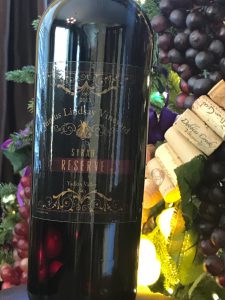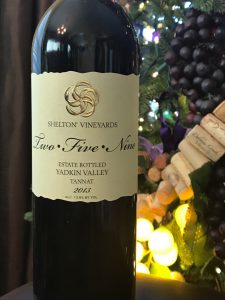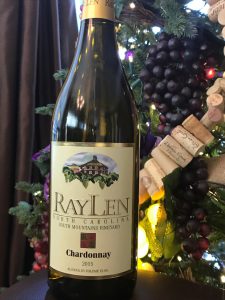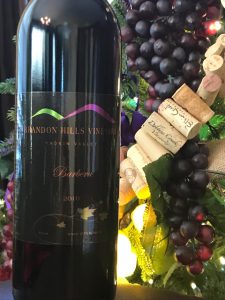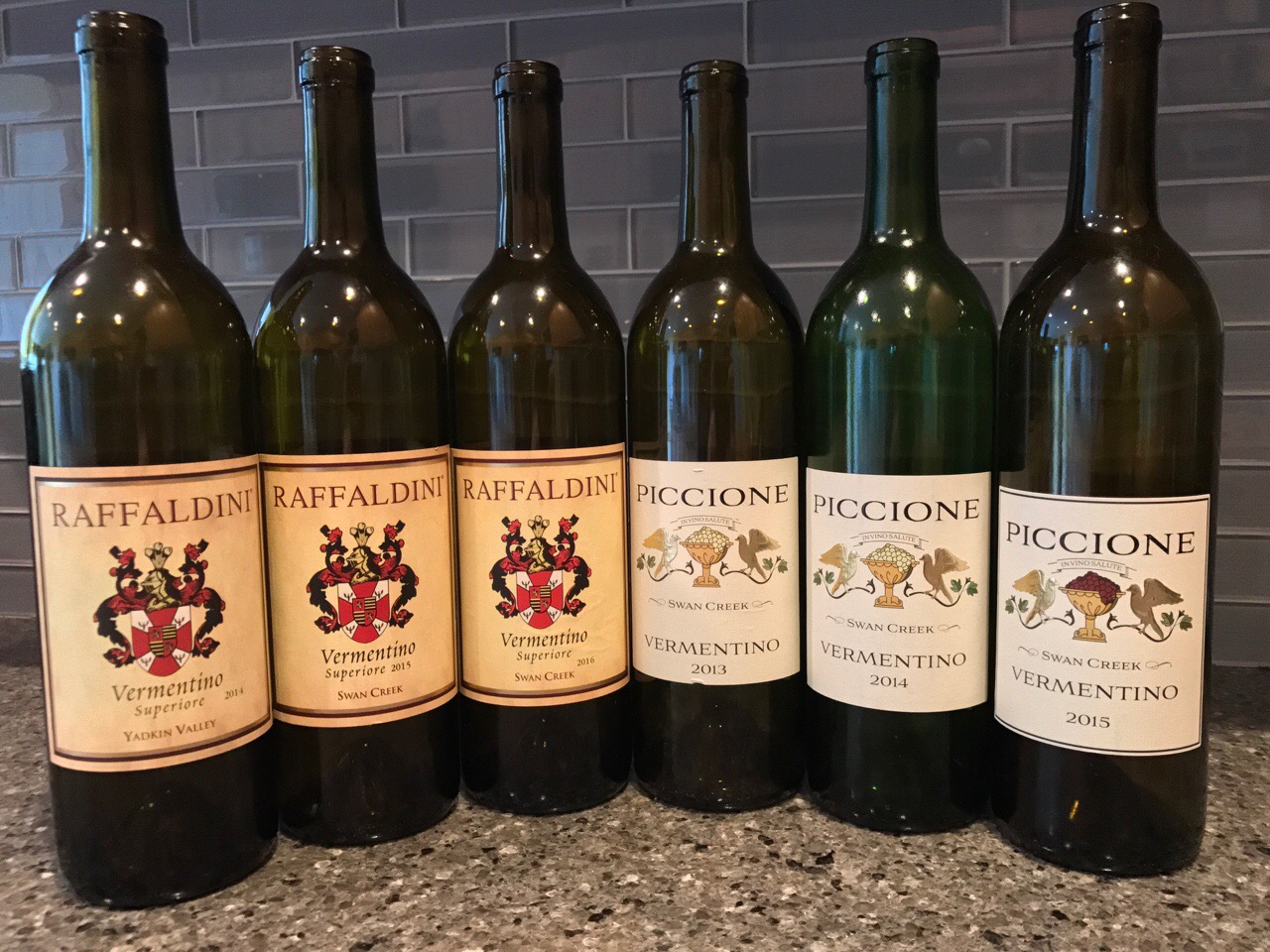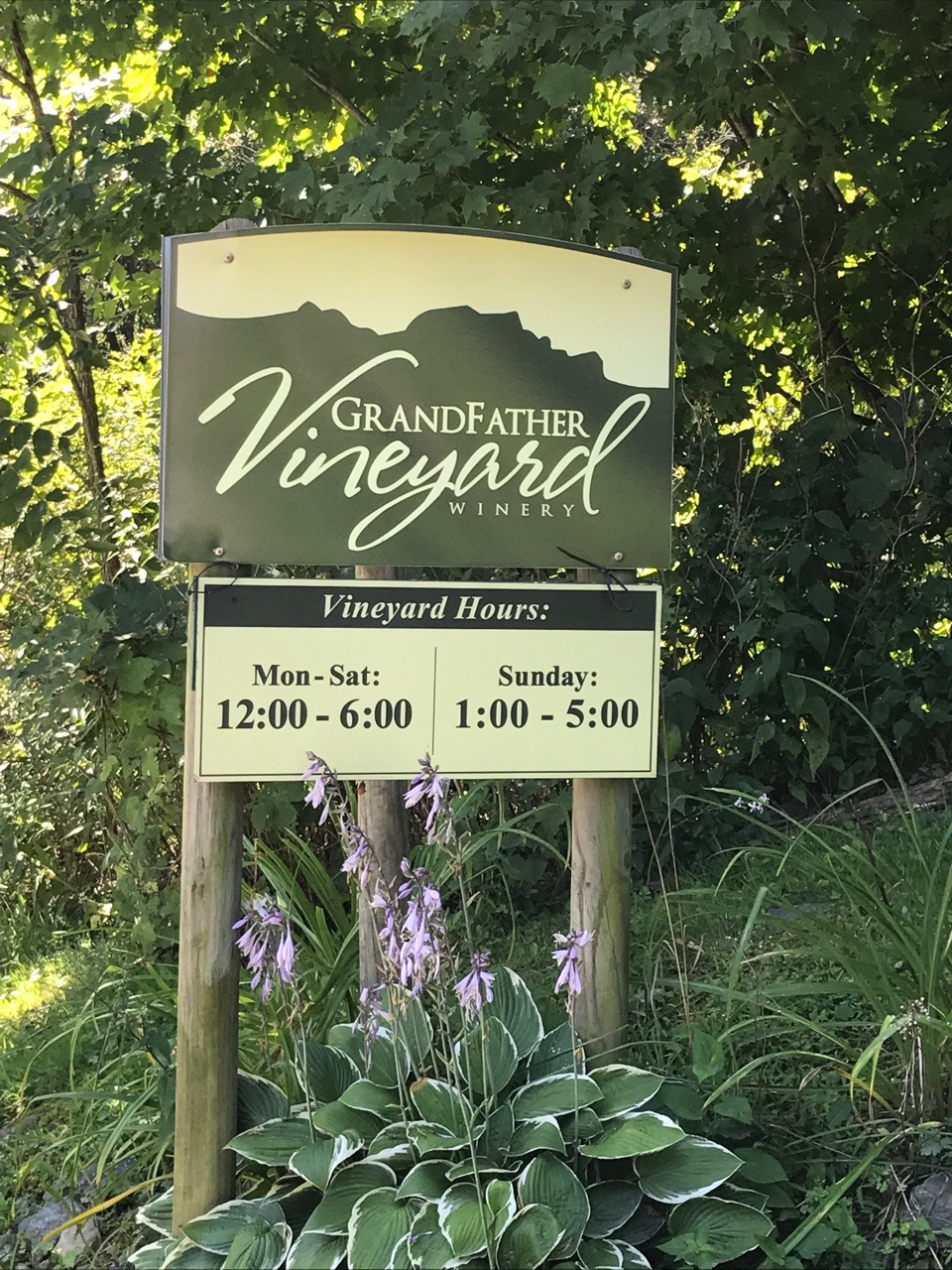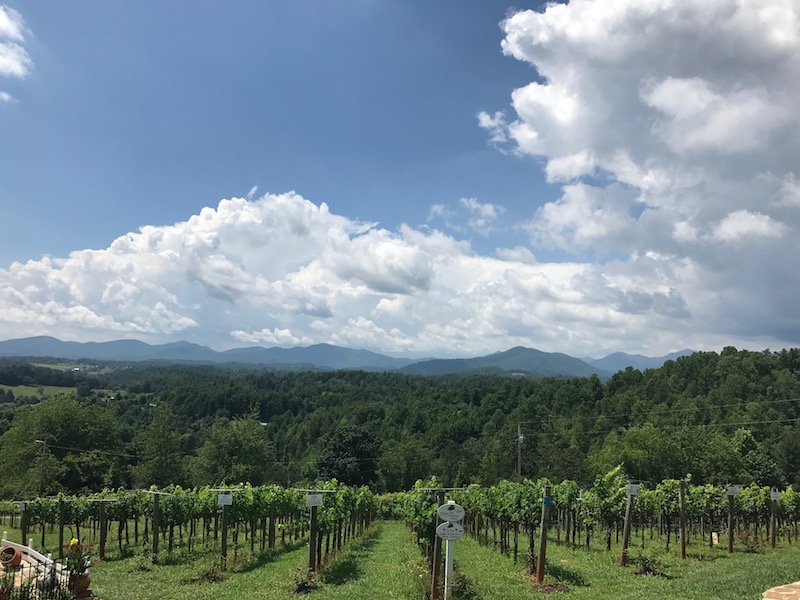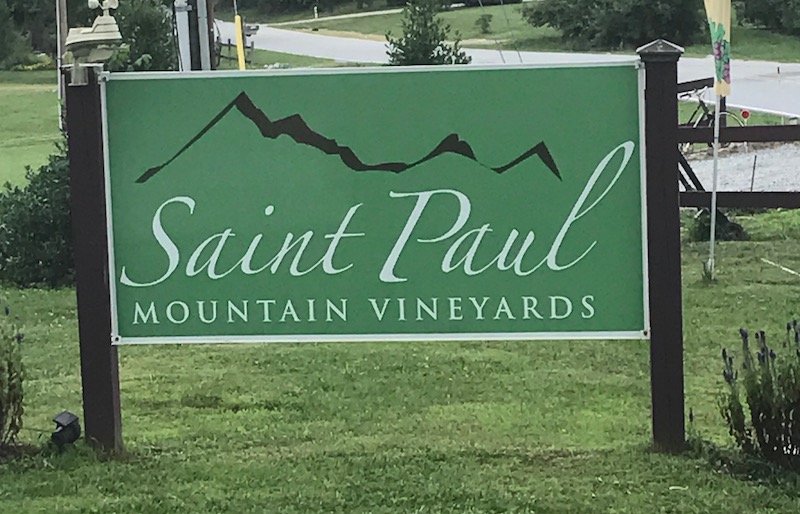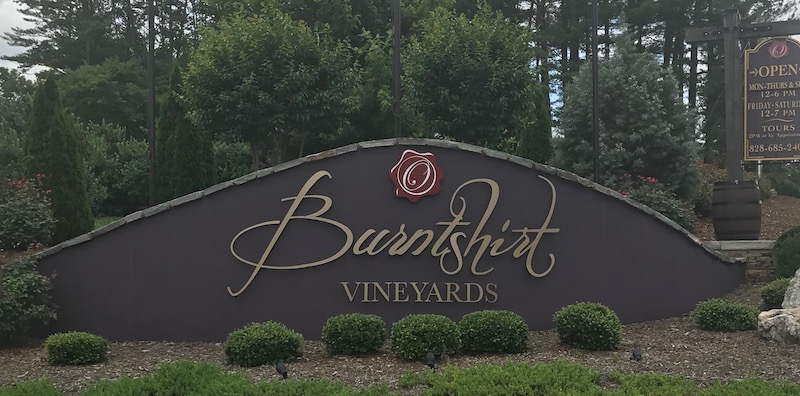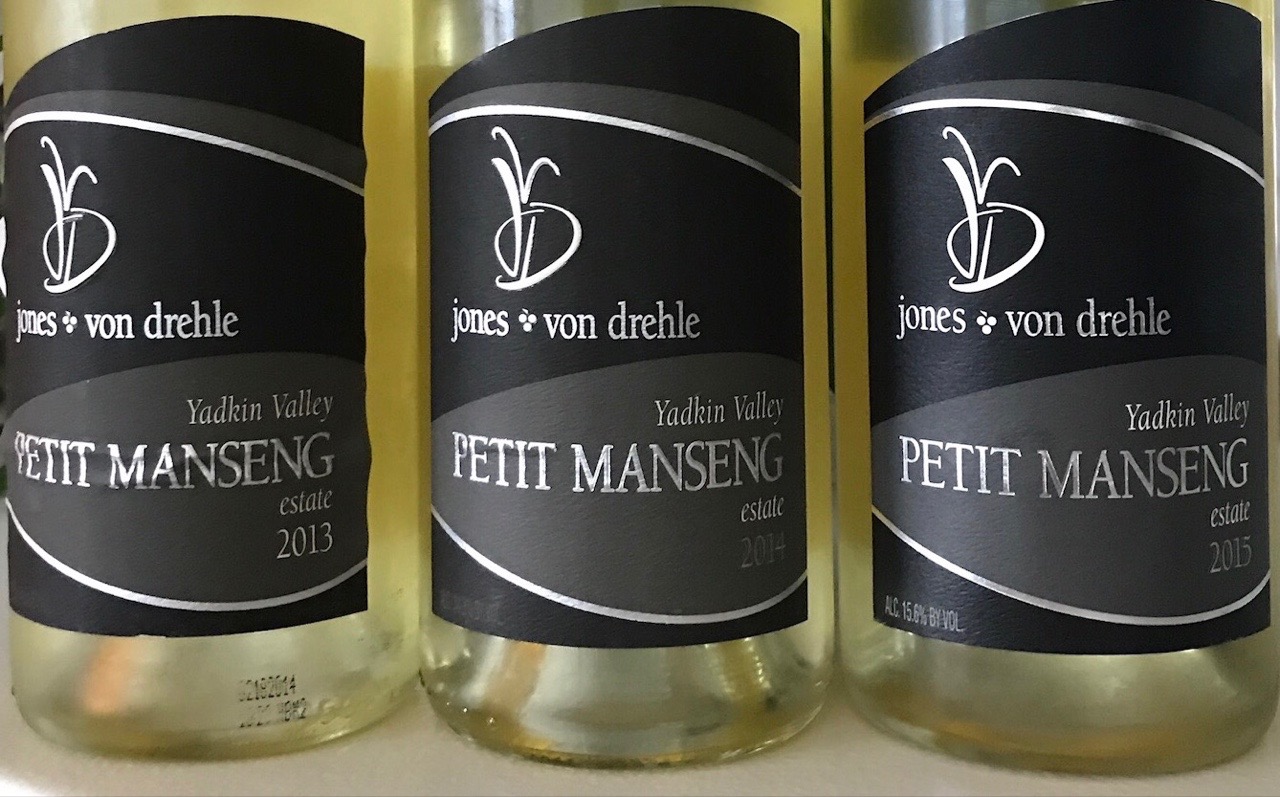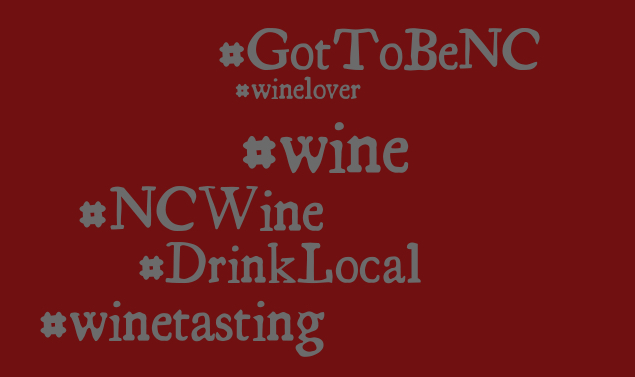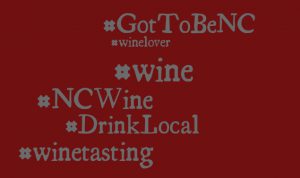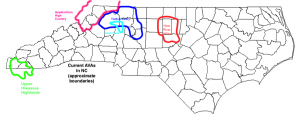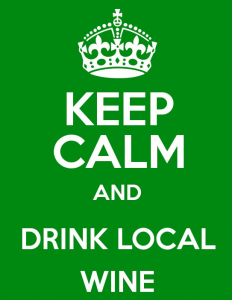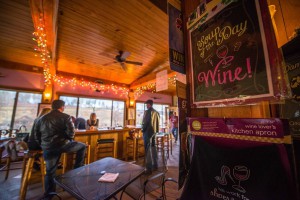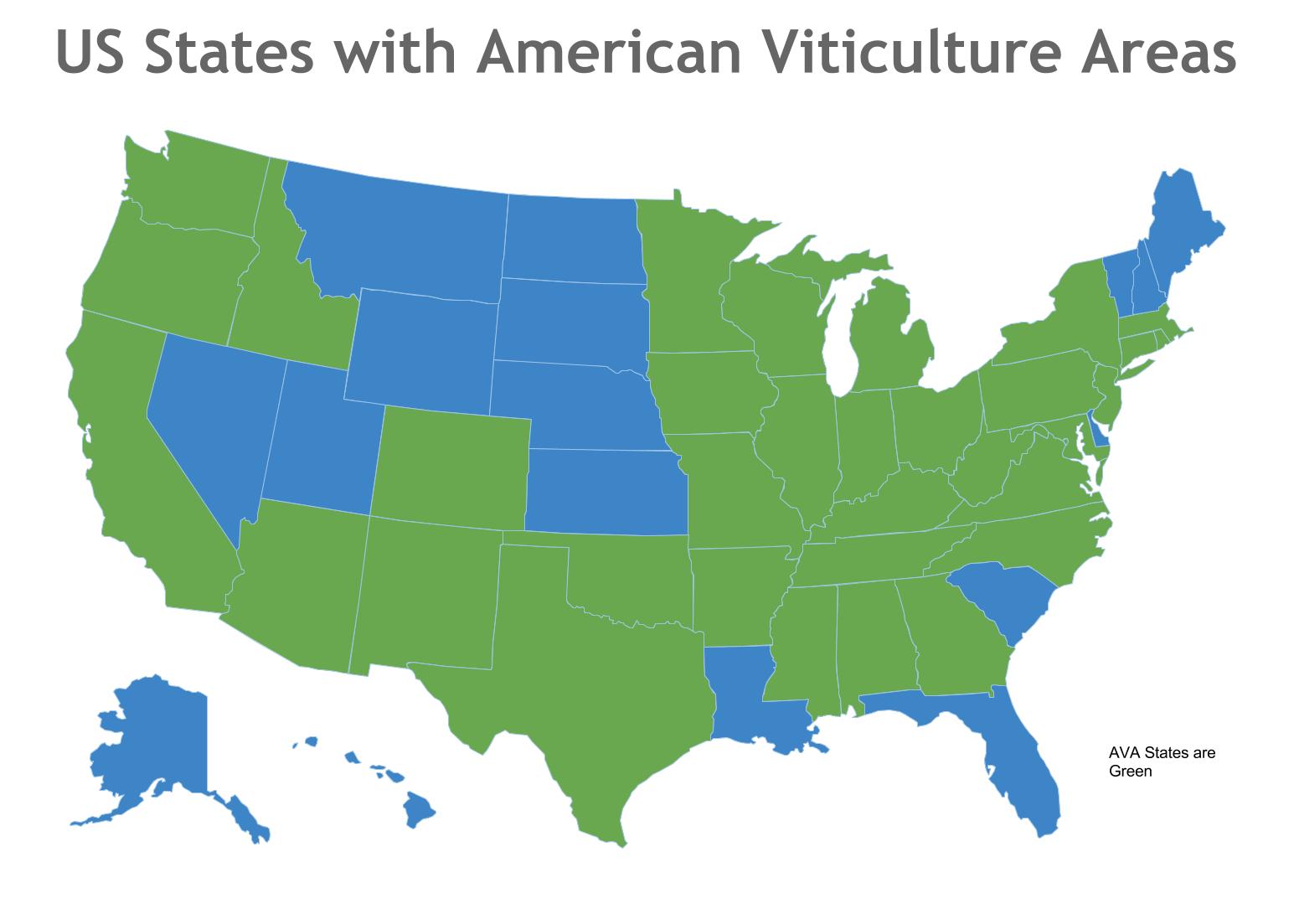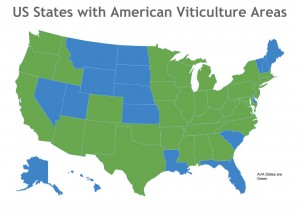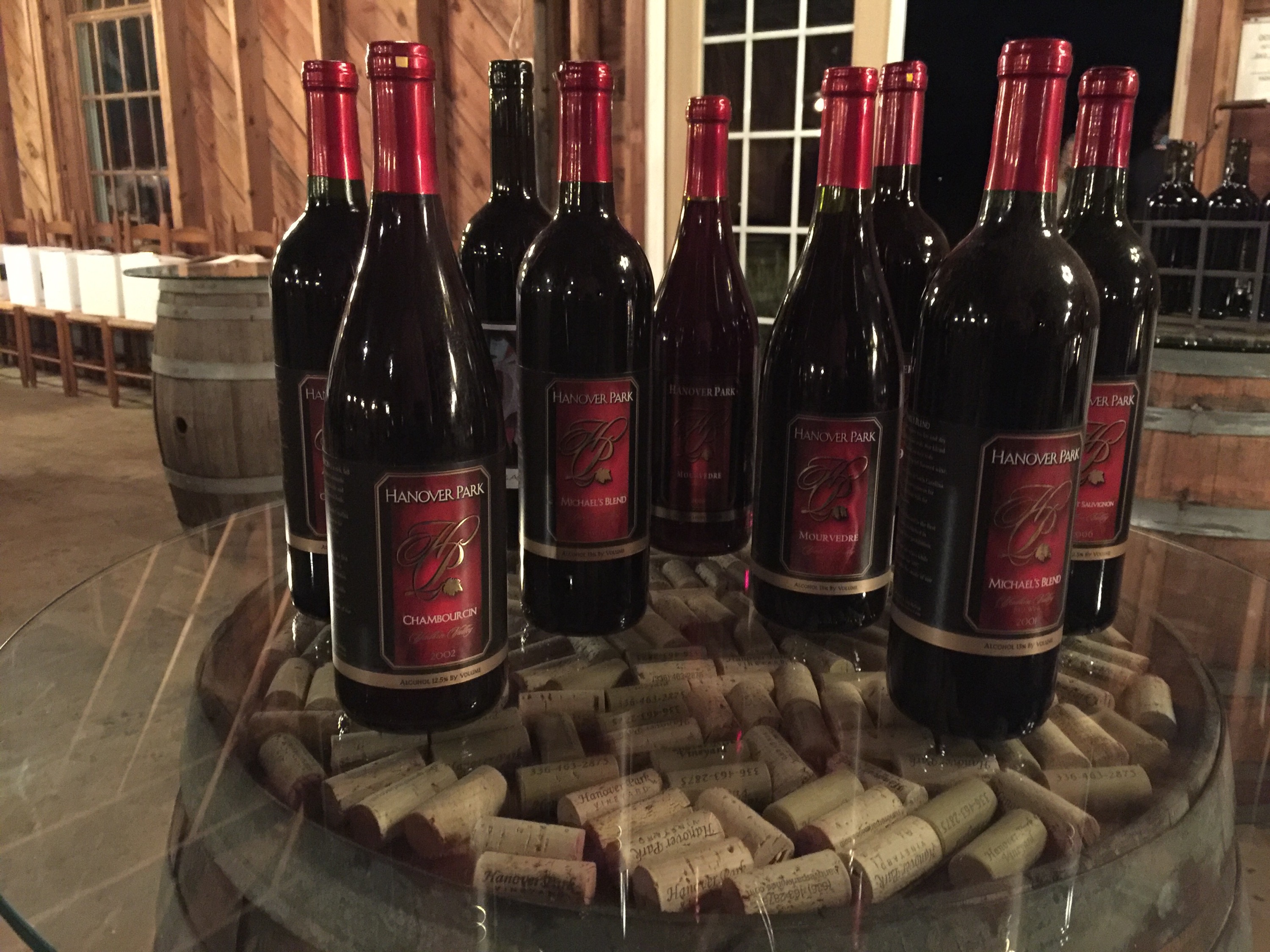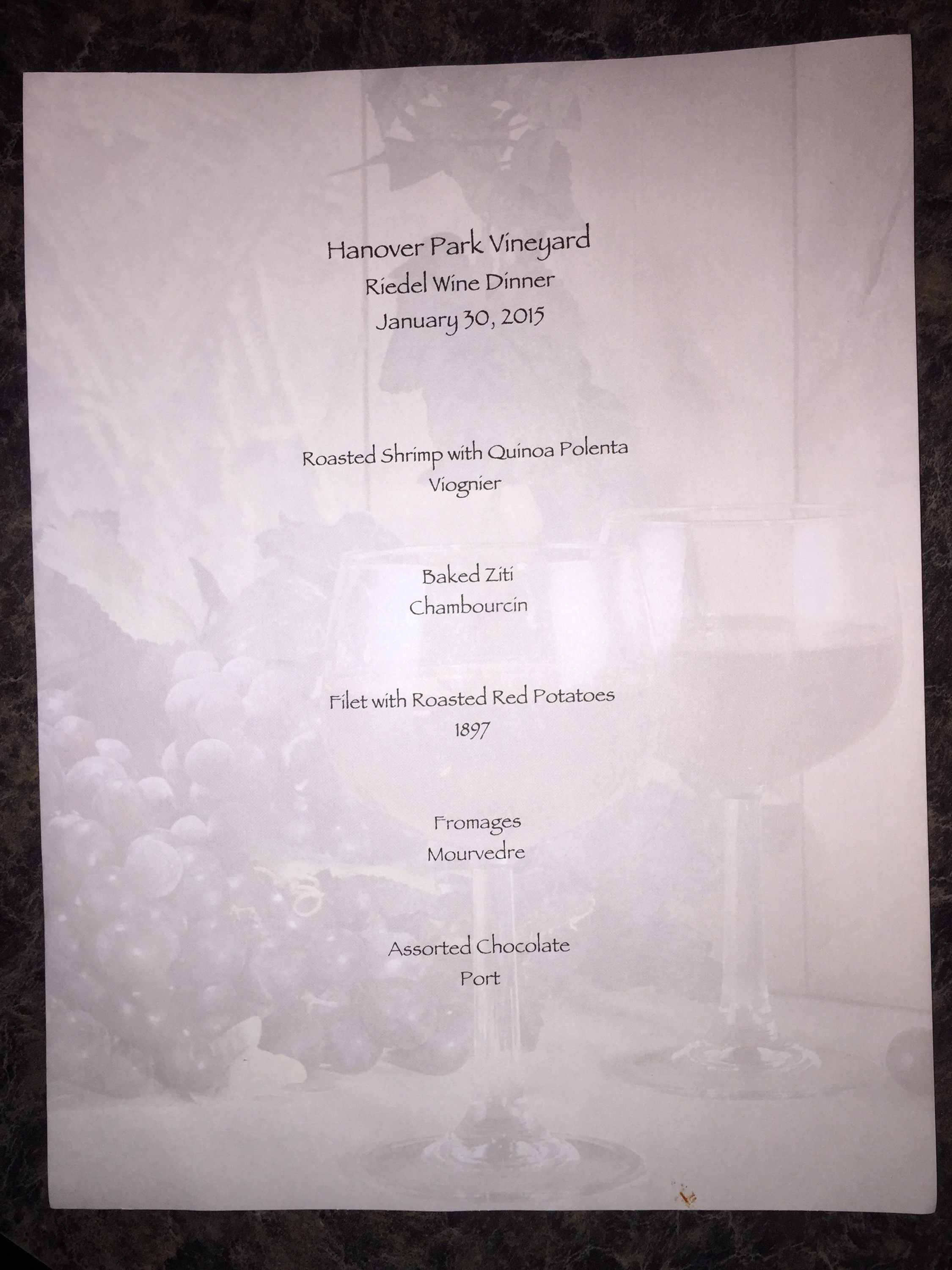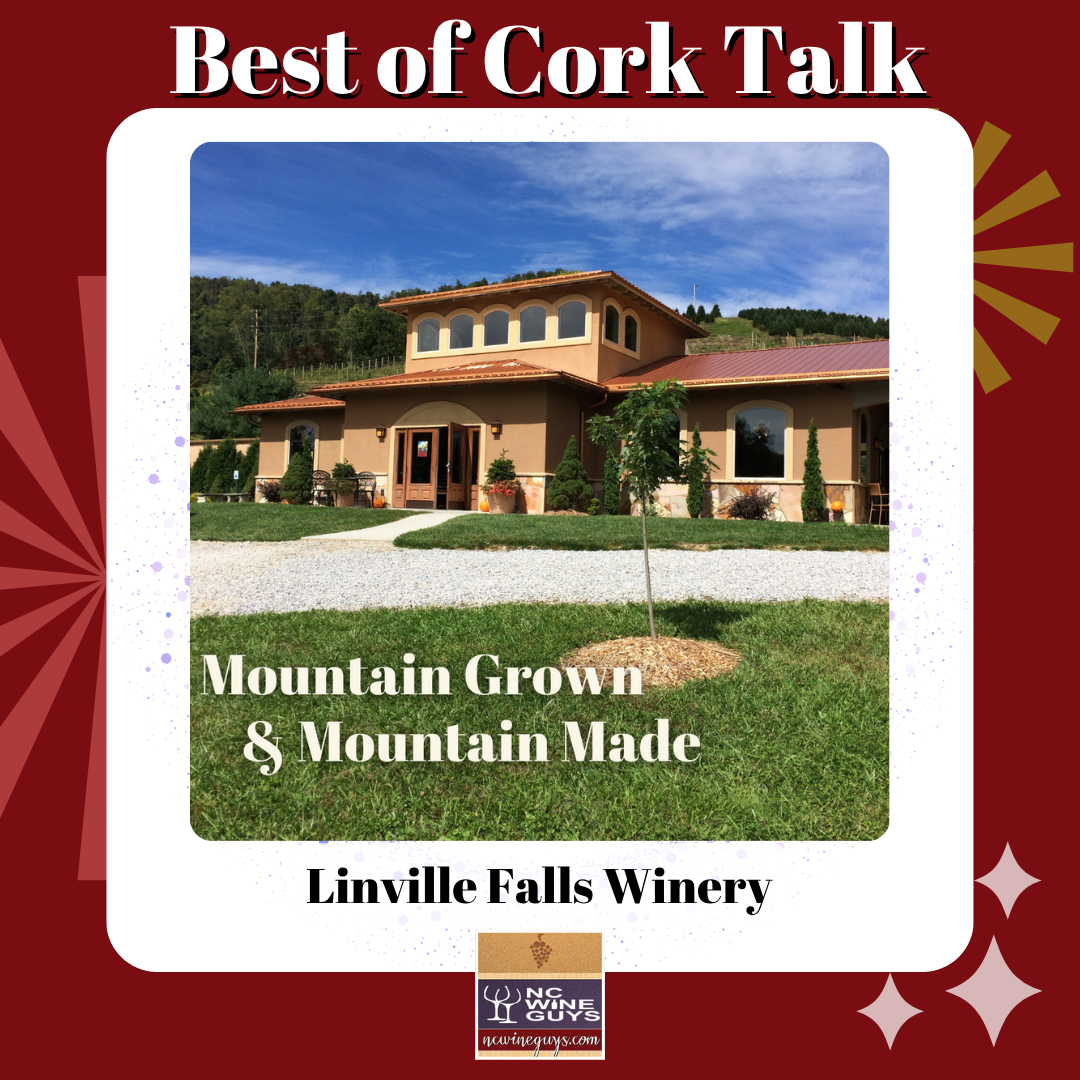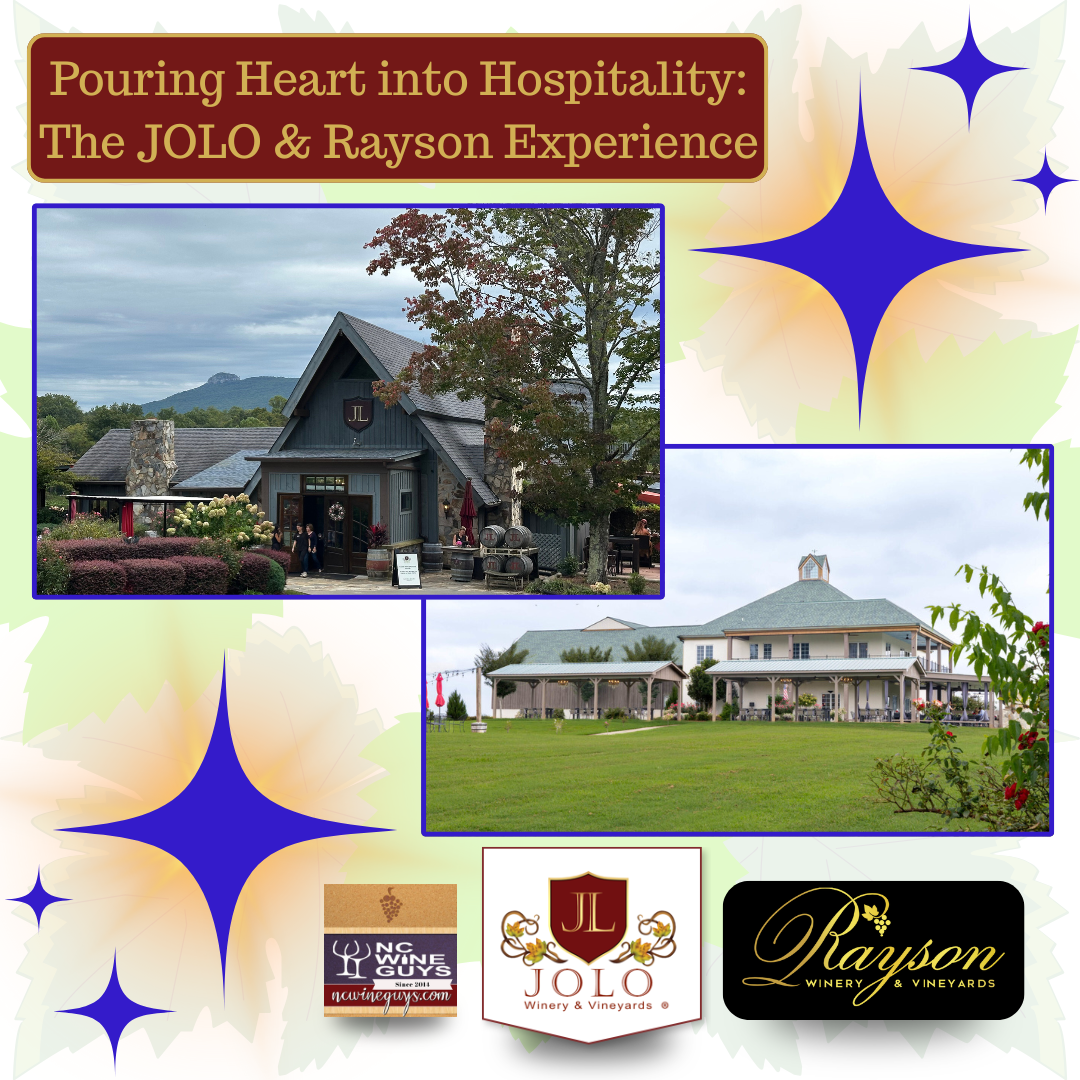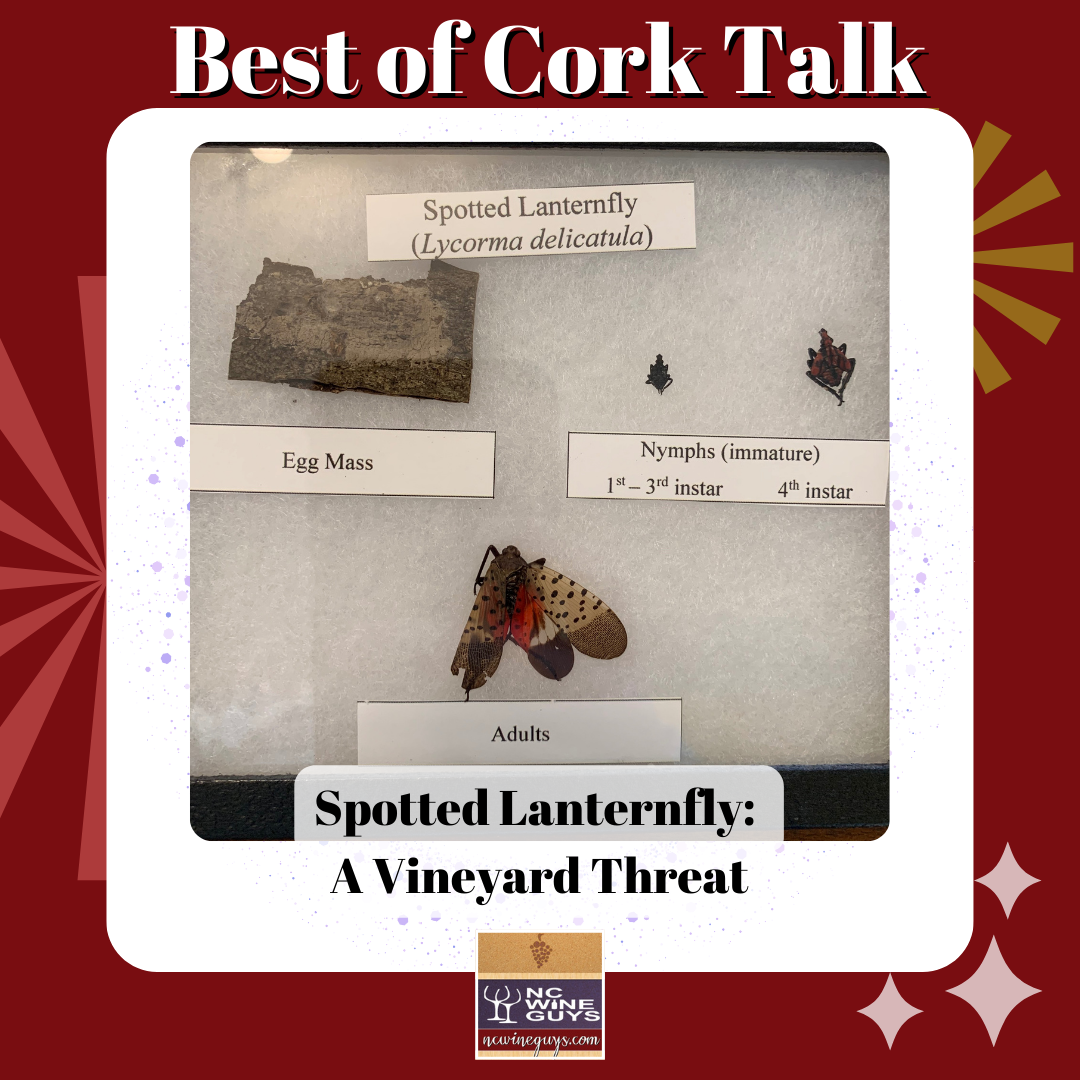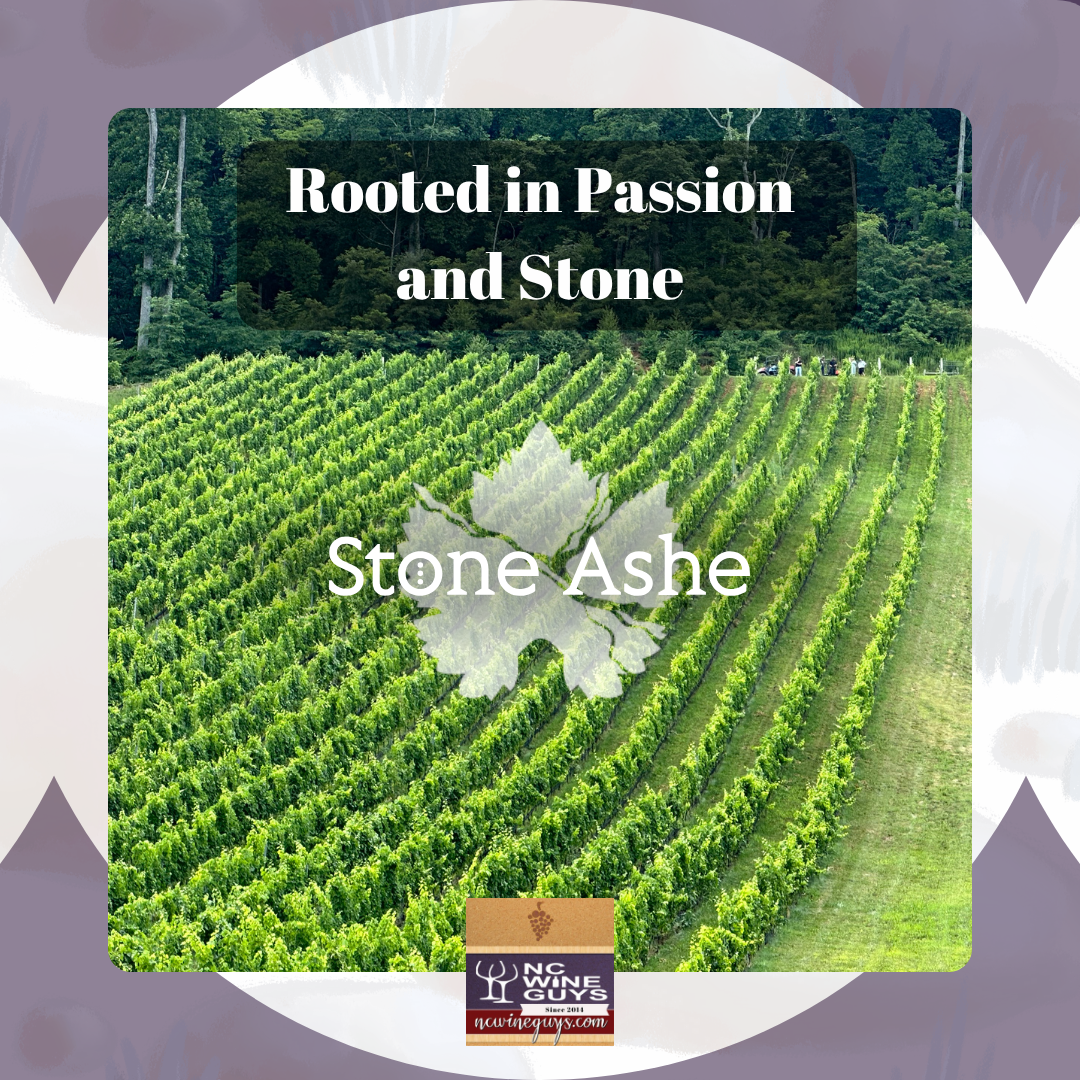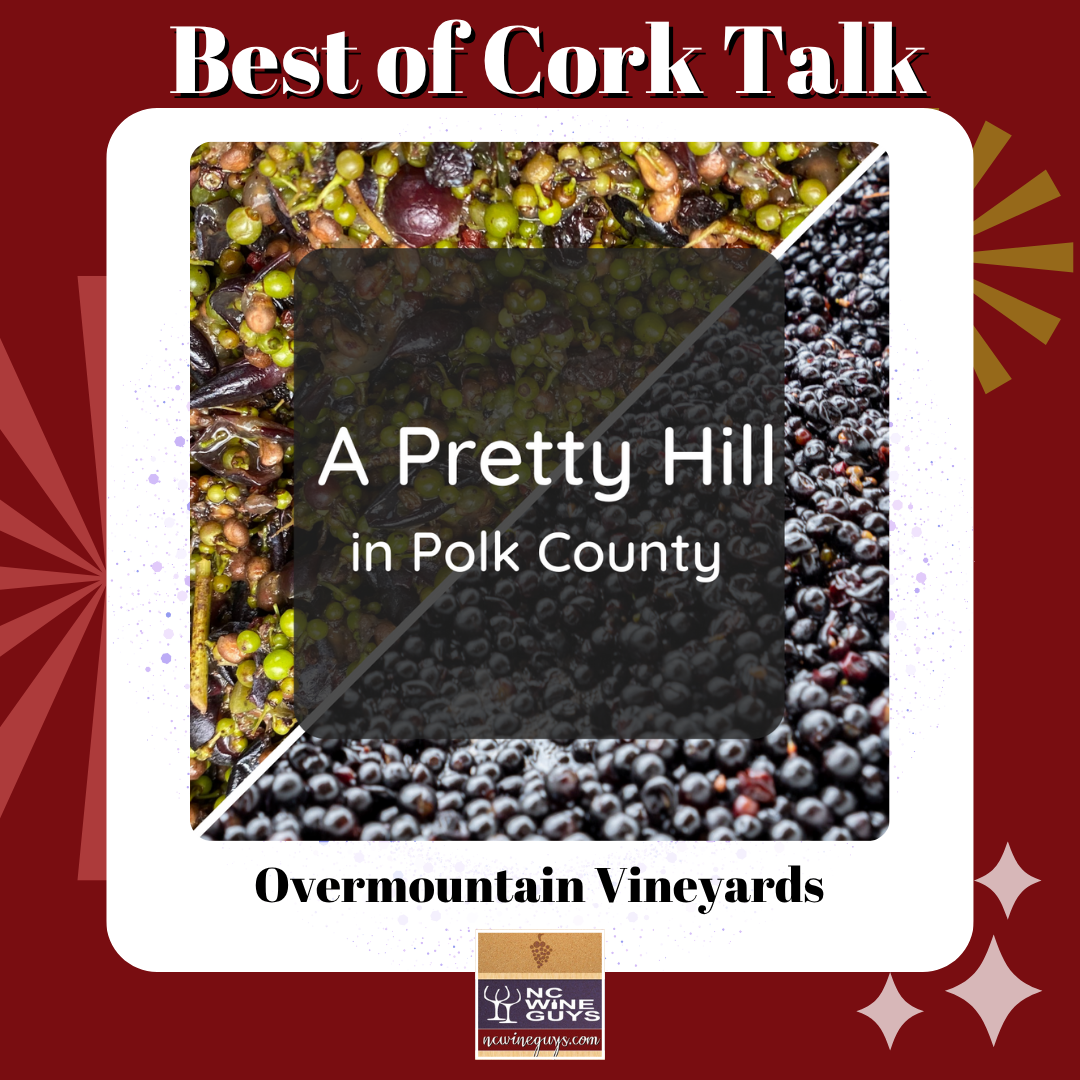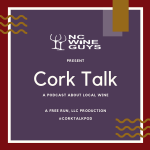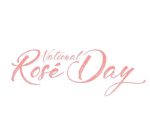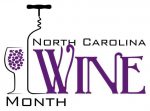One of our favorite North Carolina Wine regions to visit is the area just south of Asheville surrounding Hendersonville, NC. There you’ll find 7 unique wineries and vineyards each with a distinctive setting. This region also hosts an American Viticulture Area known as the Crest of the Blue Ridge, Henderson County. We recently had the opportunity to make a quick visit to Hendersonville back in February 2024. The team at Visit Hendersonville arranged our visit. Our recent trip had us visiting four of the seven vineyards, staying in a cozy farmhouse rental, and enjoying dinner in downtown Hendersonville.
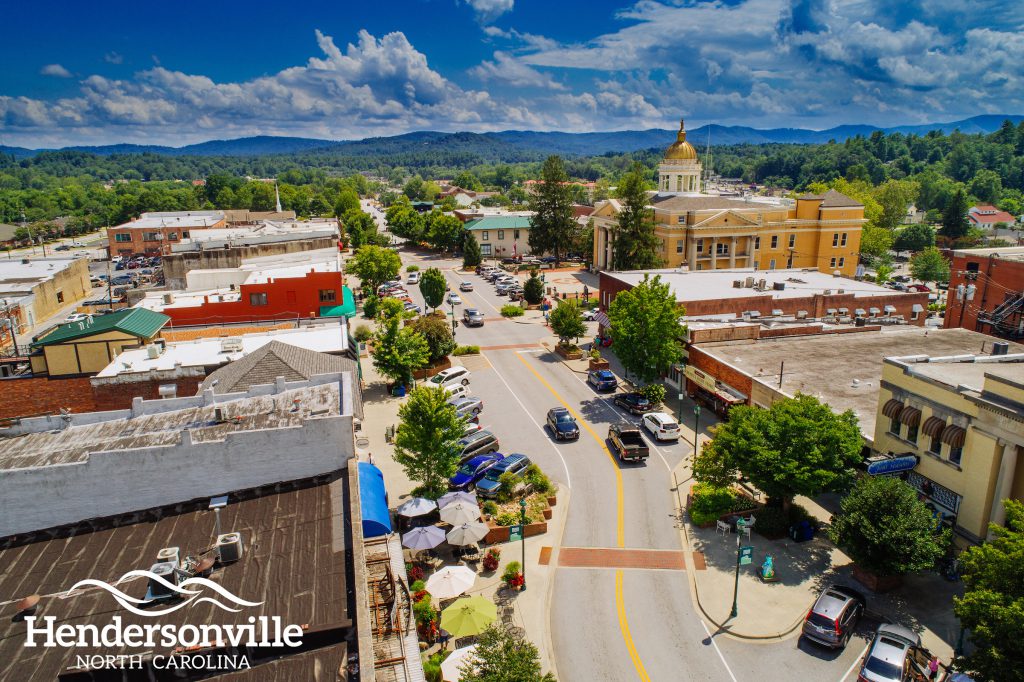
Hendersonville is an easy drive from most cities within North Carolina. With the exception of the coast, you’re looking at about 2 hours for Charlotte or Winston-Salem and Greensboro, and up to 4 hours from the Raleigh, Durham, and Chapel Hill. It’s also an easy trip for out of state visitors, starting at just 1 hour from Greenville, South Carolina, 2 hours from Knoxville, Tennessee, and about 4 hours from Roanoke, Virginia.
When we arrived in Hendersonville, we had ample time before our check in, so we decided to stop in at Sawyer Springs Vineyard. This was our first time at Sawyer Springs and it was a great stop. At the time of this post, they offer a table side wine tasting or a wine flight to explore on your own. We decided on the wine tasting. They specialize in small batch wines that are crafted from fun or unusual grape varietals that you don’t find very easily.
Check in time was approaching so we made our way to the farmhouse rental where we stayed for the night. The Wallace House was originally built in the 1800s and completely renovated in 2019. This five bedroom and two bath house sleeps 12 people and is an excellent location for your next visit. The Wallace house is on the vineyard and orchard property of Saint Paul Farms which produces wines for Saint Paul Mountain Vineyards and ciders for Appalachian Ridge Artisan Ciders.
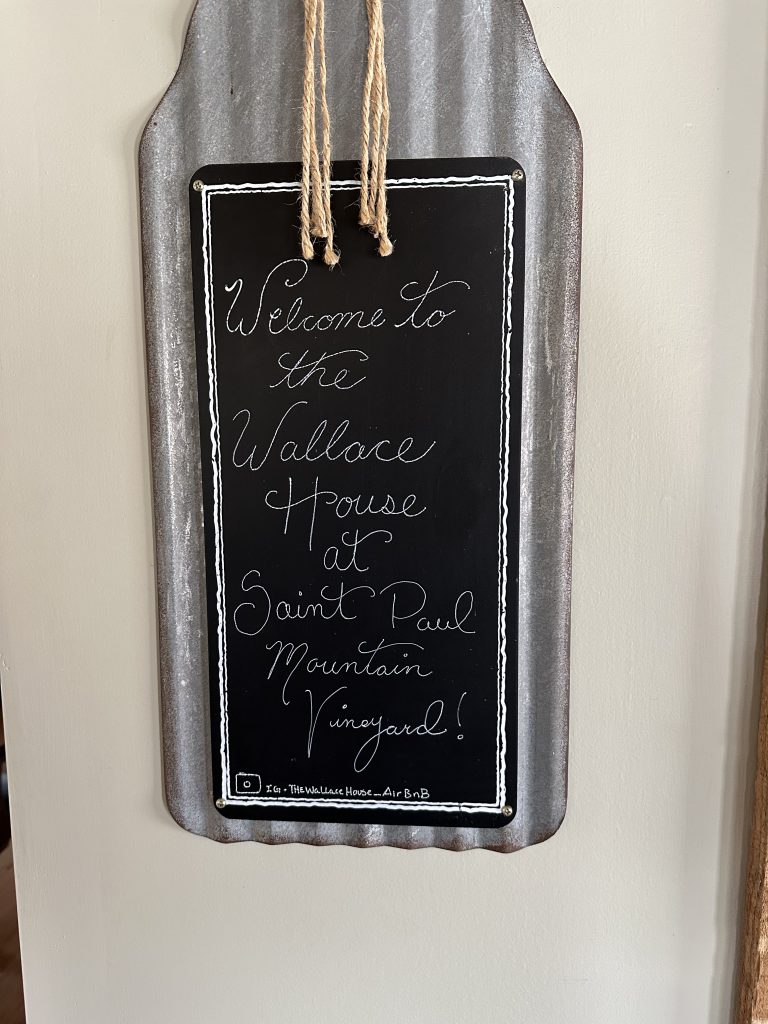
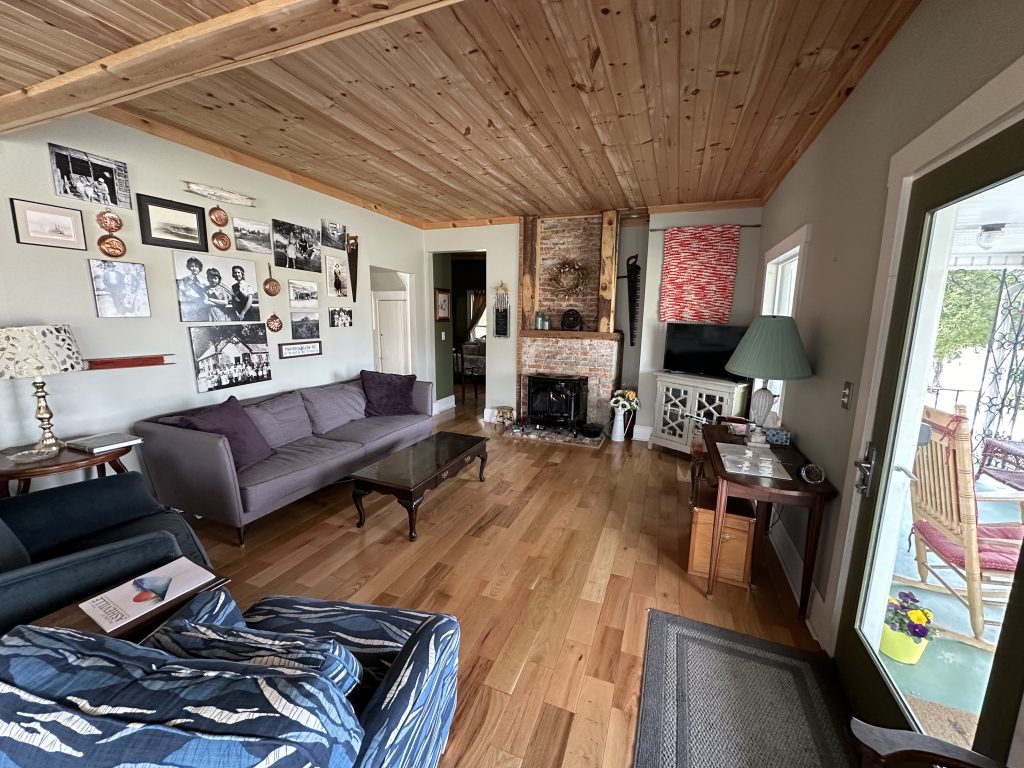
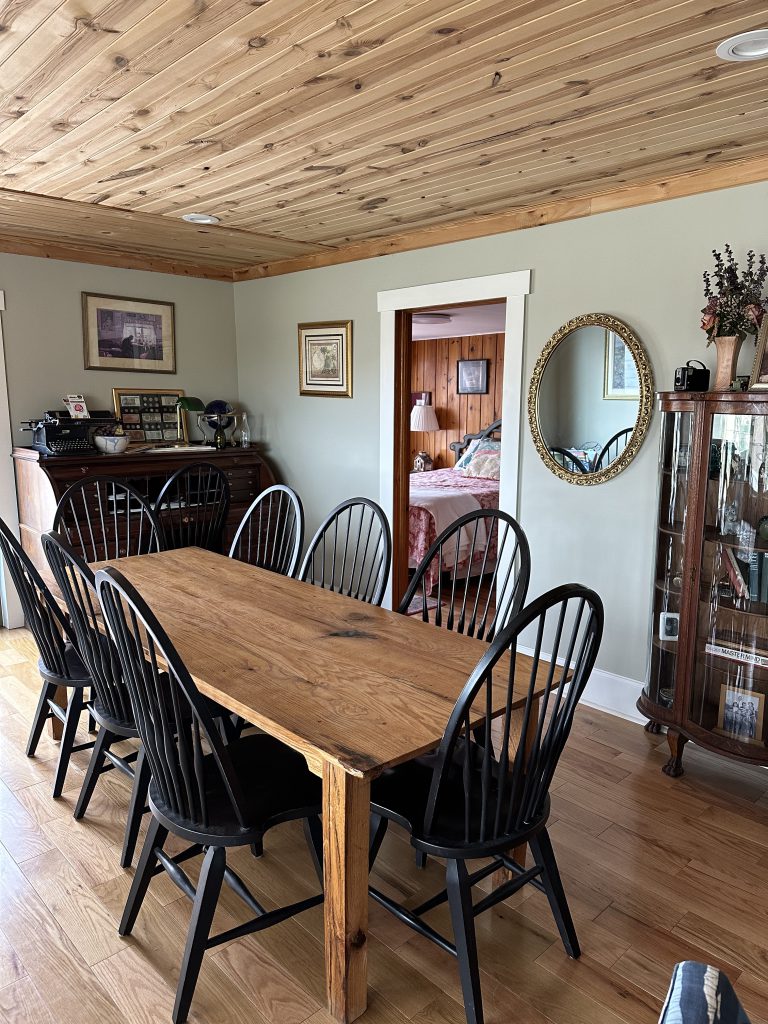
After checking in to the Wallace House, we met with Alan Ward of Saint Paul Farms to interview him for our March 2024 episode of Cork Talk! Alan talked to us about his family’s history in the area, why he got interested in growing grapes and apples, and all that he’s doing to try and improve the quality of North Carolina Wine and North Carolina Cider. After wrapping up the interview, we walked over to the tasting room for a quick wine tasting before dinner. We didn’t get a chance to visit the cider tasting room, but we’ve been in the past. It’s always fun and worth a trip!
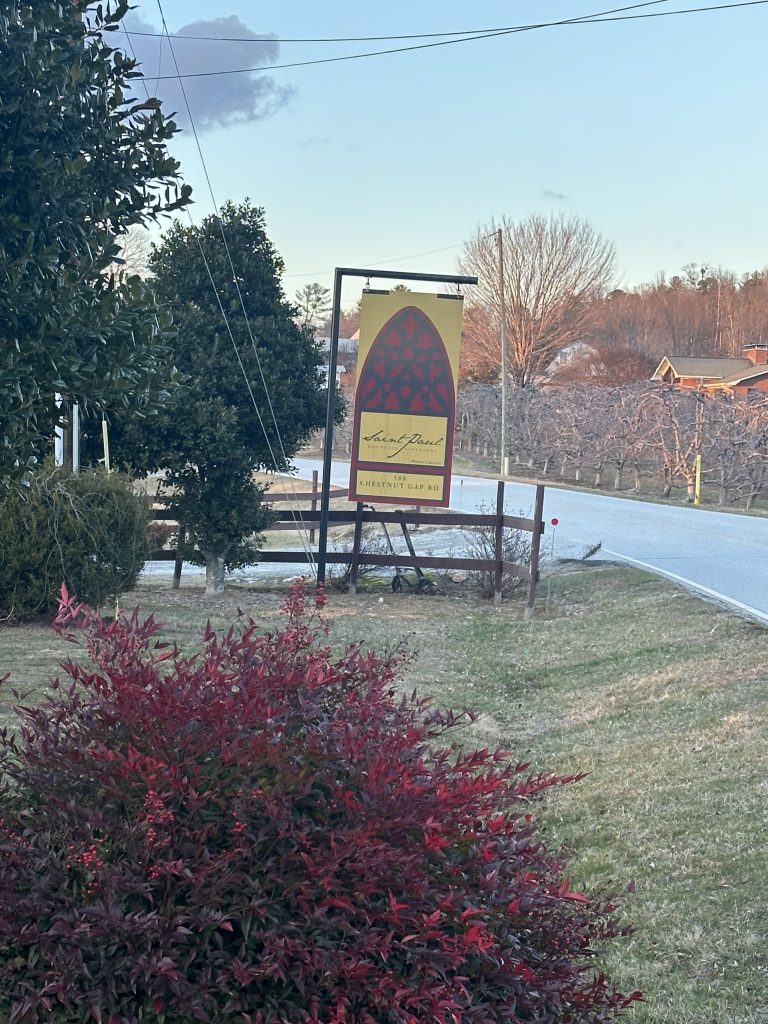
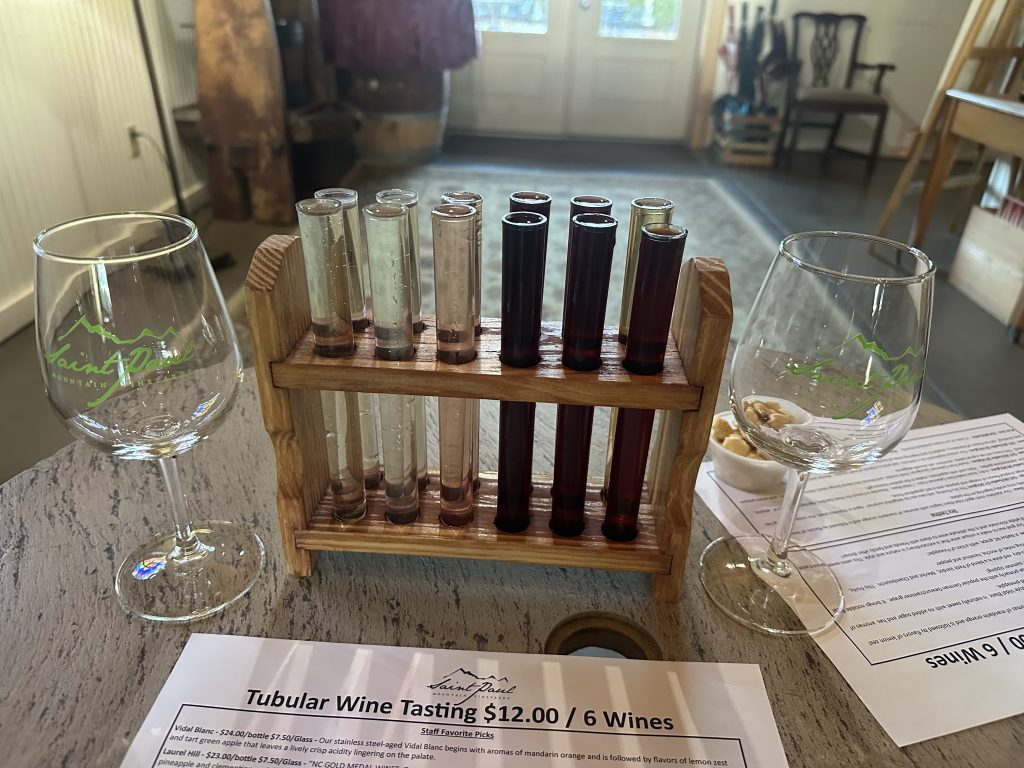
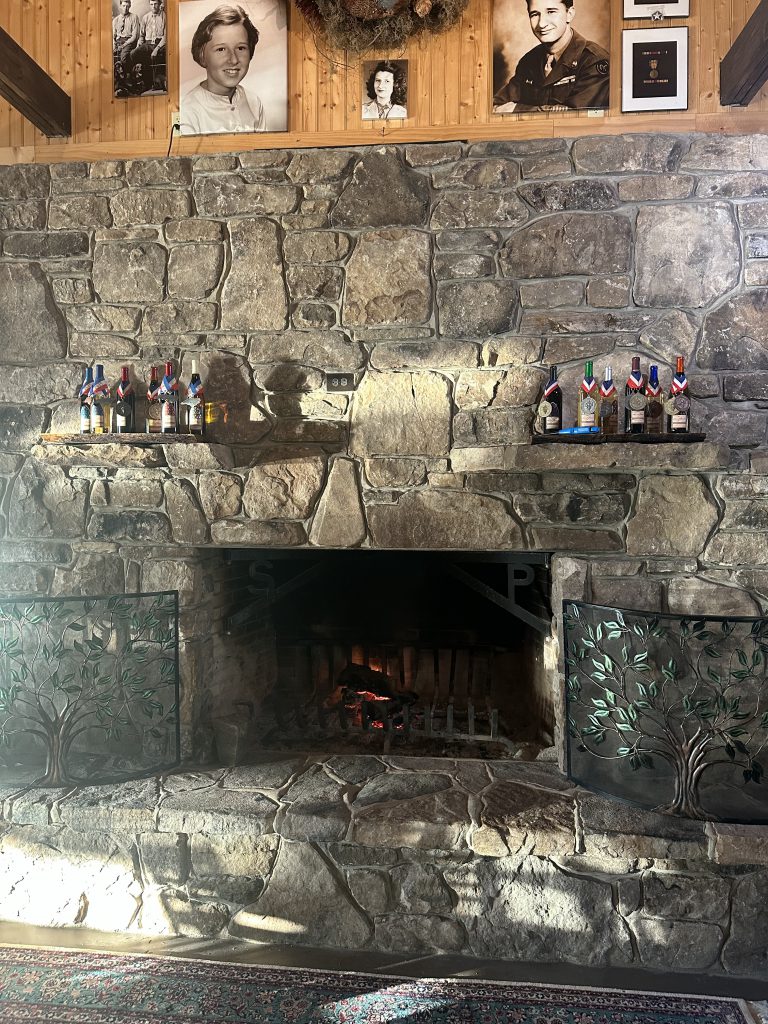
We wrapped up our tasting and made the quick drive into downtown to enjoy dinner at Postero Restaurant on North Main Street. Postero specializes in well crafted New American Cuisine fusing different cultures, local ingredients, and a love for food that makes this restaurant a must. While you’re in their dining room, take a look around in the corners and be sure to look up. You might just find one of the 20+ dinosaur figurines that are hidden throughout the building. This tradition started out as a small prank with and quickly ballooned into a feature of the restaurant.
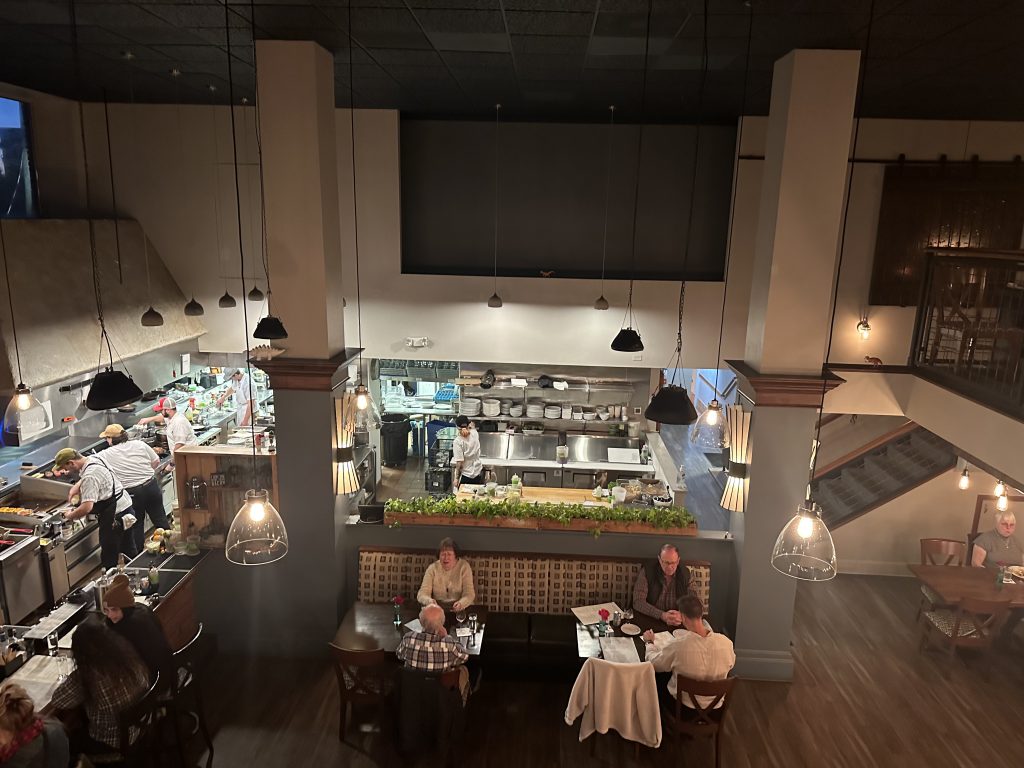
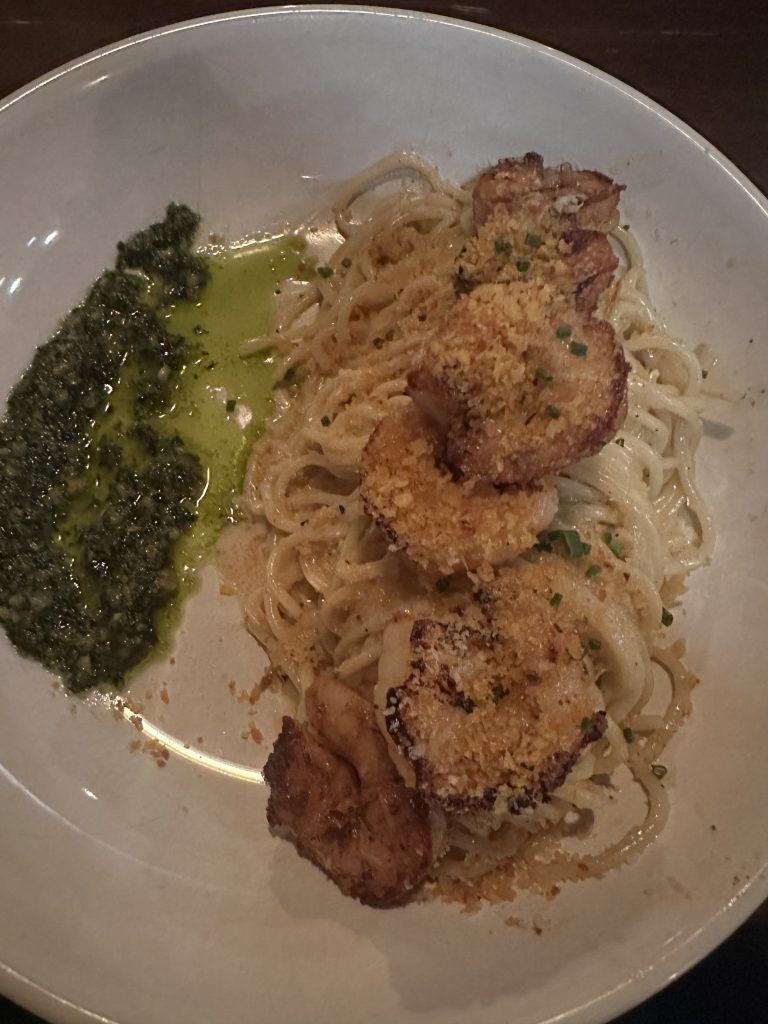

After dinner we made our way back to the Wallace House (stopping for a quick ice cream at the Celtic Creamery). When we got back, we enjoyed the peace and quiet and tucked in for the evening.
Saturday brought with it another fun day of wine tastings. We started at Burntshirt Vineyards, only 4 minutes from our farmhouse at Saint Paul Farms. There we started with an interview for our May 2024 episode of Cork Talk with VP of Operations, Jeff Plack. Jeff talked us through the history and property at Burntshirt Vineyards and explained how he got into the wine business. Right after that, we enjoyed lunch at the on-site restaurant and wine bar, the Vintners Table. They offer thoughtful menu of food selections from small plates to larger sandwiches and entrees. If you’re not interested in food, you can still enjoy a tasting flight or wine by the glass or bottle. It’s a great setting to enjoy some wine and food and just relax.
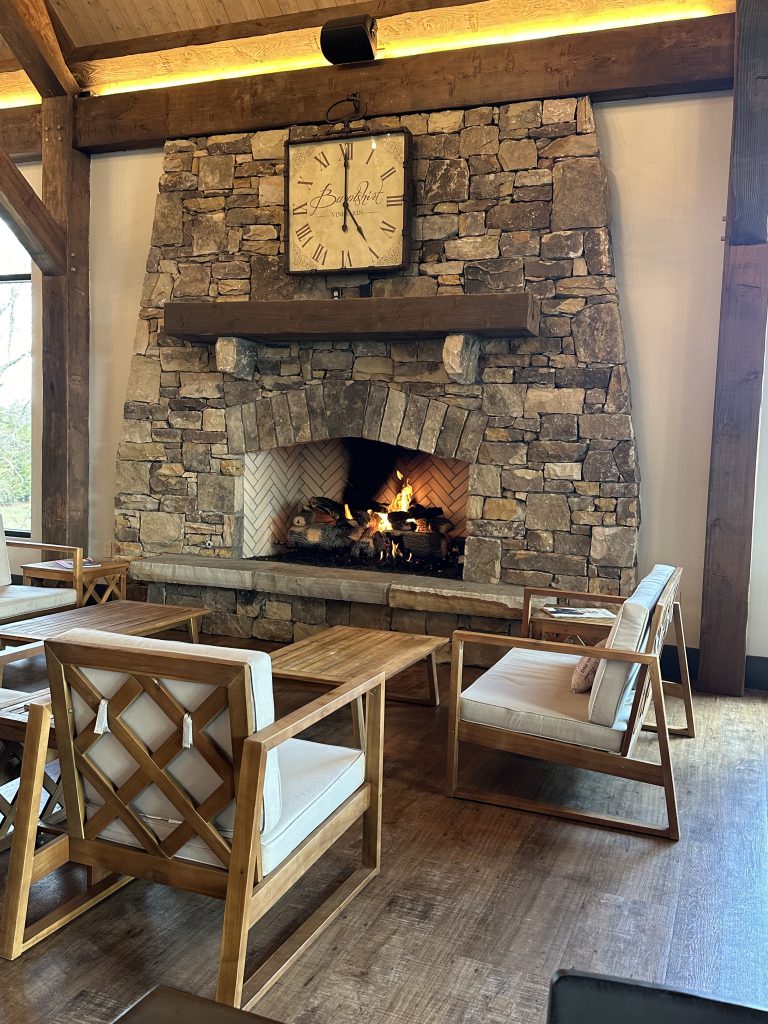
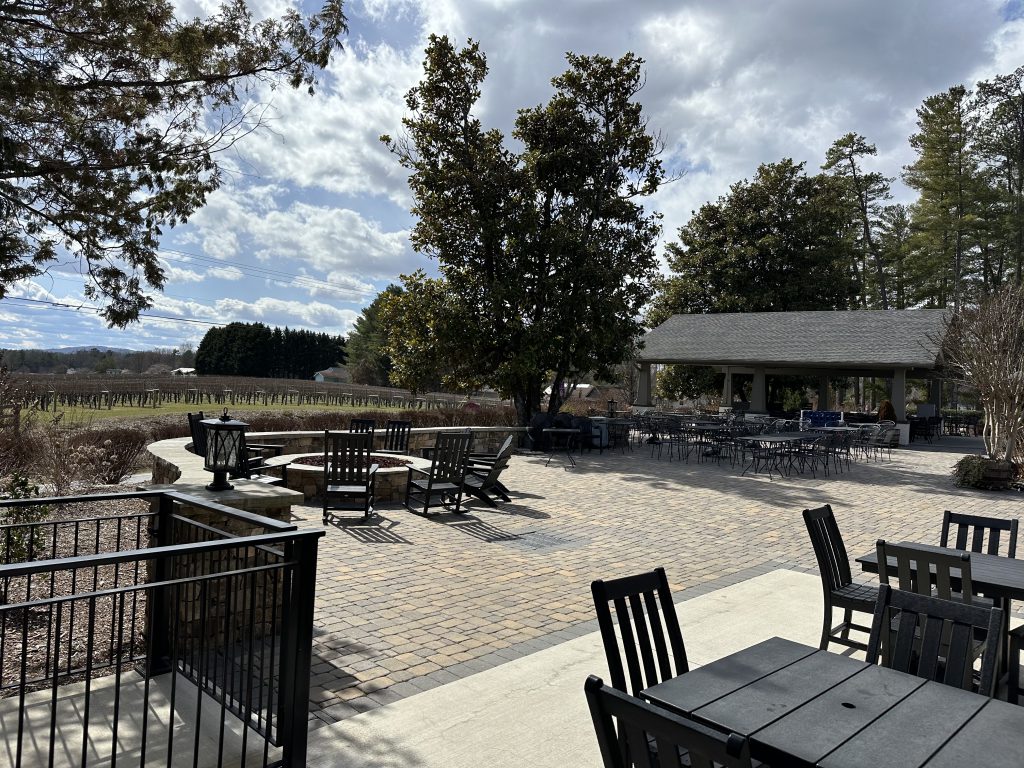
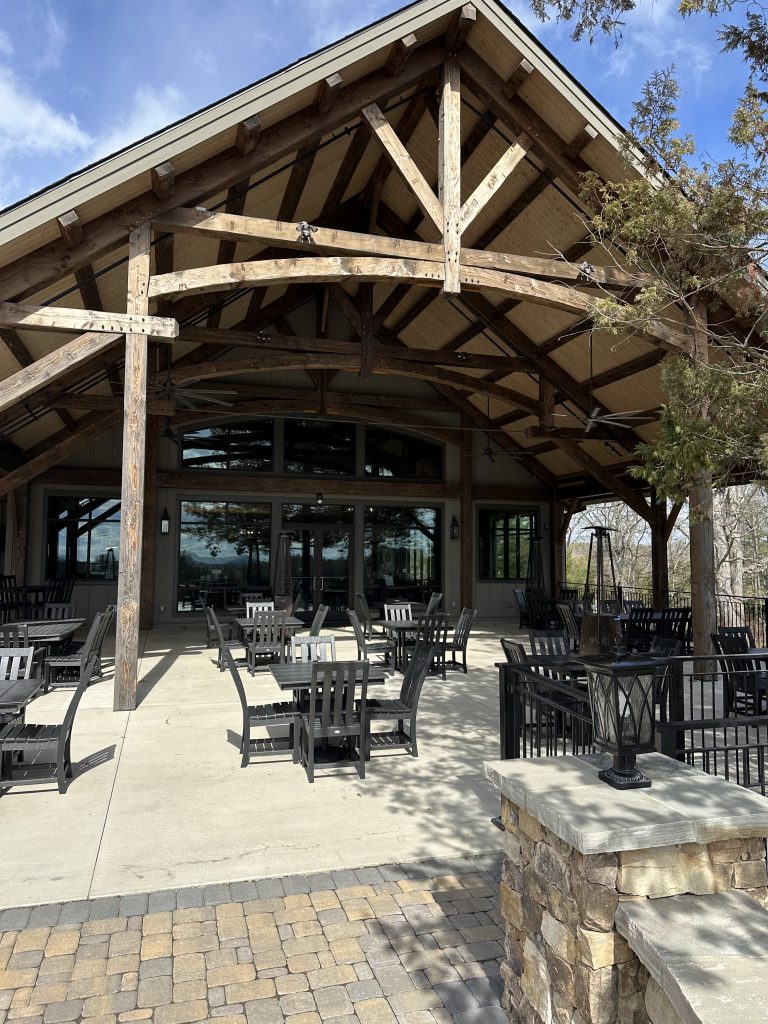
After finishing up our official tour, we had a little time before we needed to head back home, so we stopped in for a tasting at Marked Tree Vineyards. Marked Tree is only 7 minutes from Burntshirt Vineyards so we figured since we were in the neighborhood we needed to stop by. There we enjoyed an excellent tasting with lovely mountain views.
We wish we could have stayed longer and visited the other vineyards in the area, but we had to make it back home to check in on our cat Sami. Plus this way we have another excuse to make it back to Hendersonville very soon.
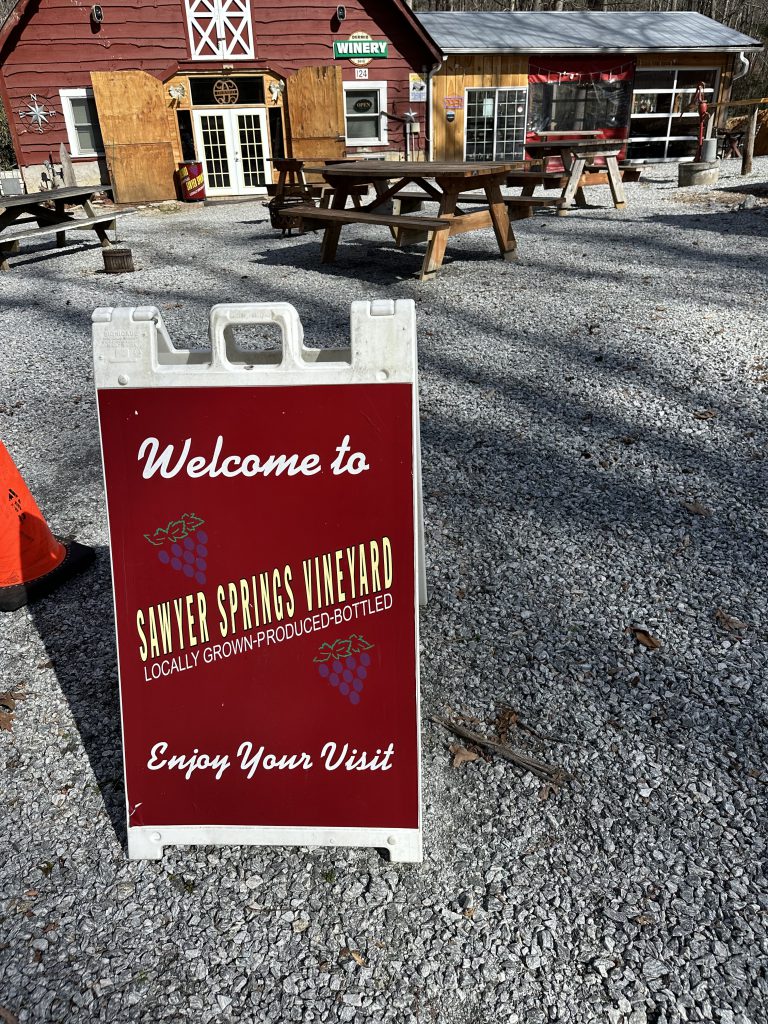
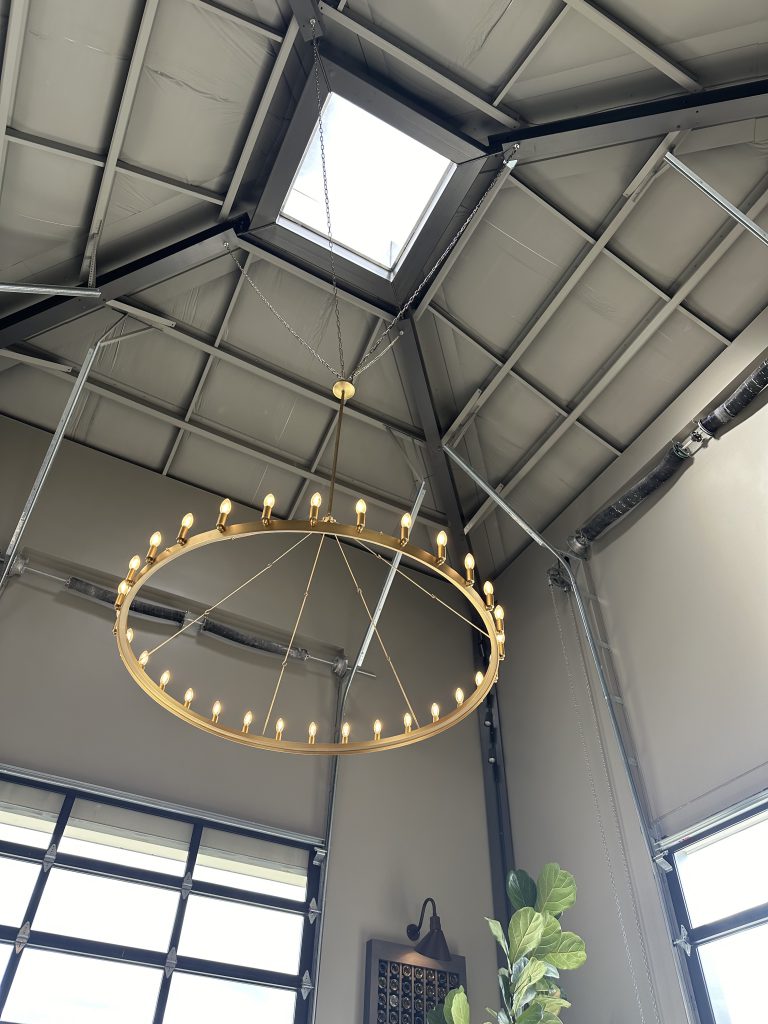
Below are some wine highlights from the vineyards we visited:
Wellington from Sawyer Springs – This Malvasia Bianca was light and delicate with floral notes and a grassy undertone all supported by bright and clean acids.
Centennial Farm Heritage from Saint Paul Mountain Vineyards – This Riesling has pear and lemon zest with that classic delicate petrol note. It was nicely balanced between citrus and mineral rich notes.
Vidal Blanc from Burntshirt Vineyards – This is a great wine that sits nicely between a Pinot Grigio and Sauvignon Blanc. It is grassy with lemon and lime zest with ample acids.
Reserve Chardonnel from Marked Tree Vineyards – This is a great alternative to a chardonnay. It is deep and golden with juicy acids and a toasty oak profile. It is super smooth with an overall note of vanilla and apples.
Special thanks to:
- Alan Ward at Saint Paul Farms
- Jeff Plack at Burntshirt Vineyards
- Hailey at Marked Tree Vineyards
- Becca at Postero
- Leah Hughes King, Craig Distl, and Michelle Owens at Visit Hendersonville
Sponsored by Visit Hendersonville, https://visithendersonvillenc.org

